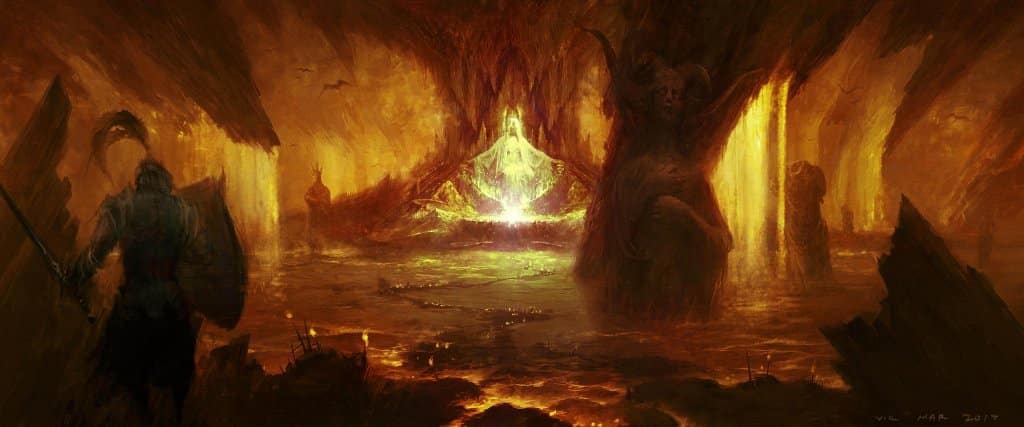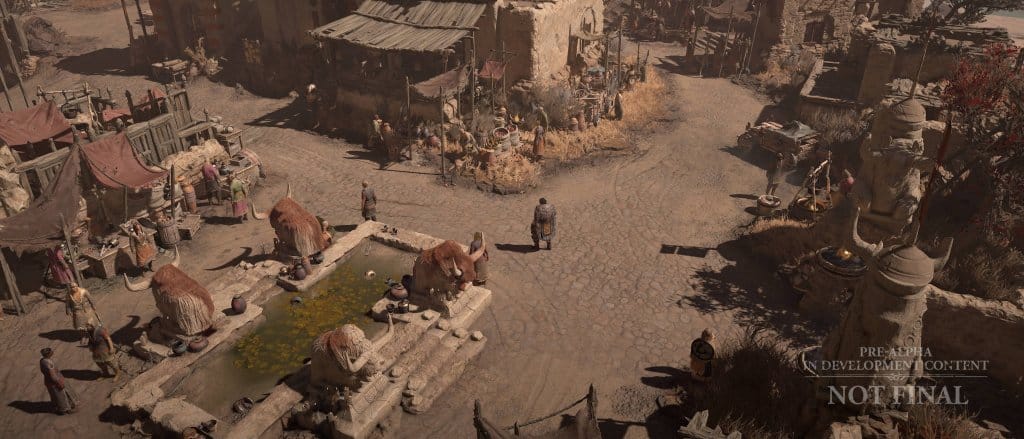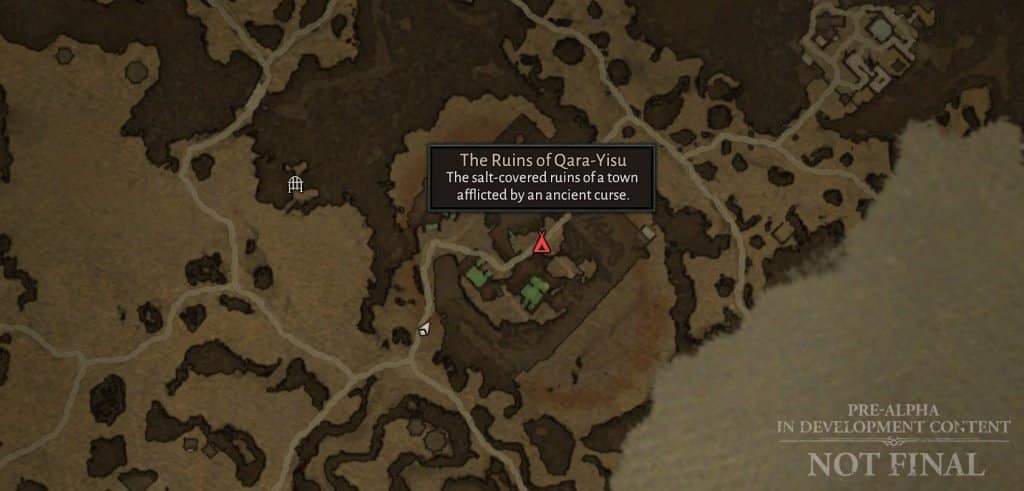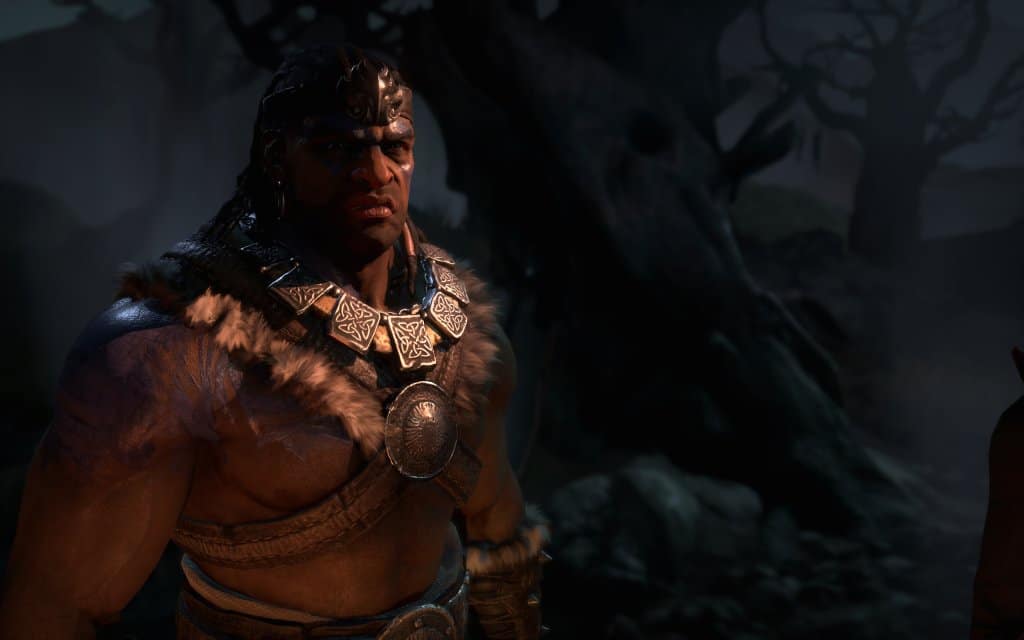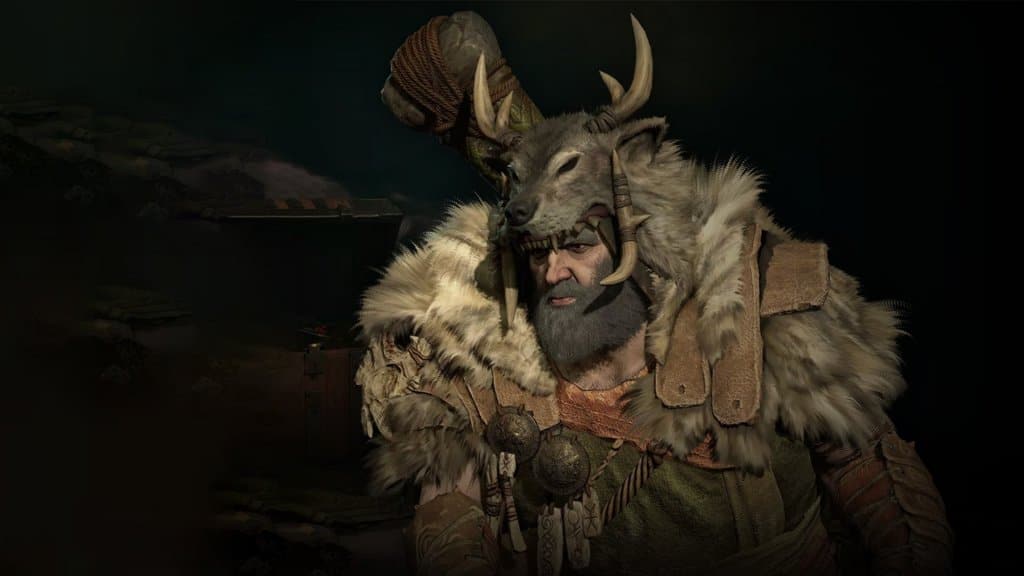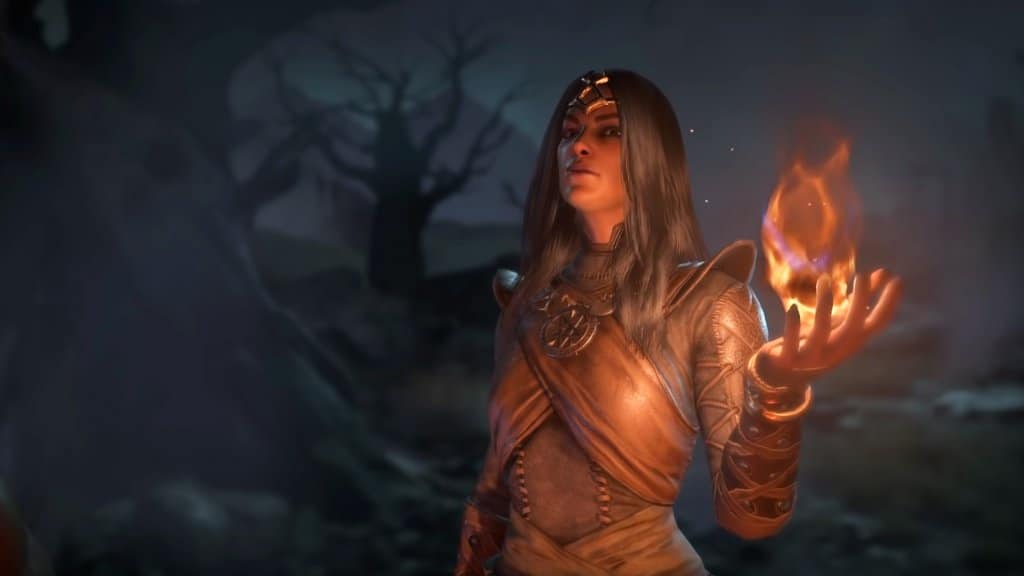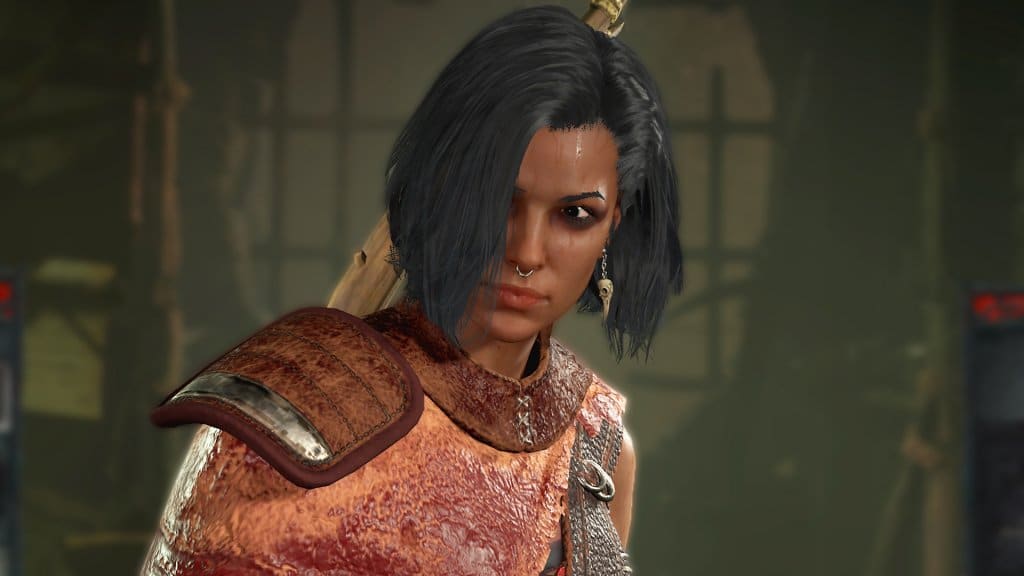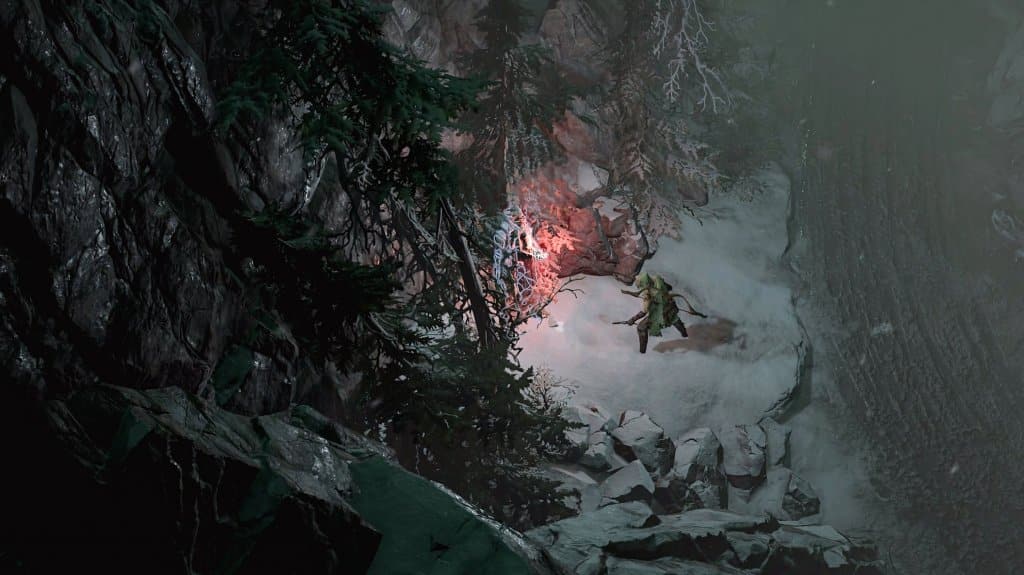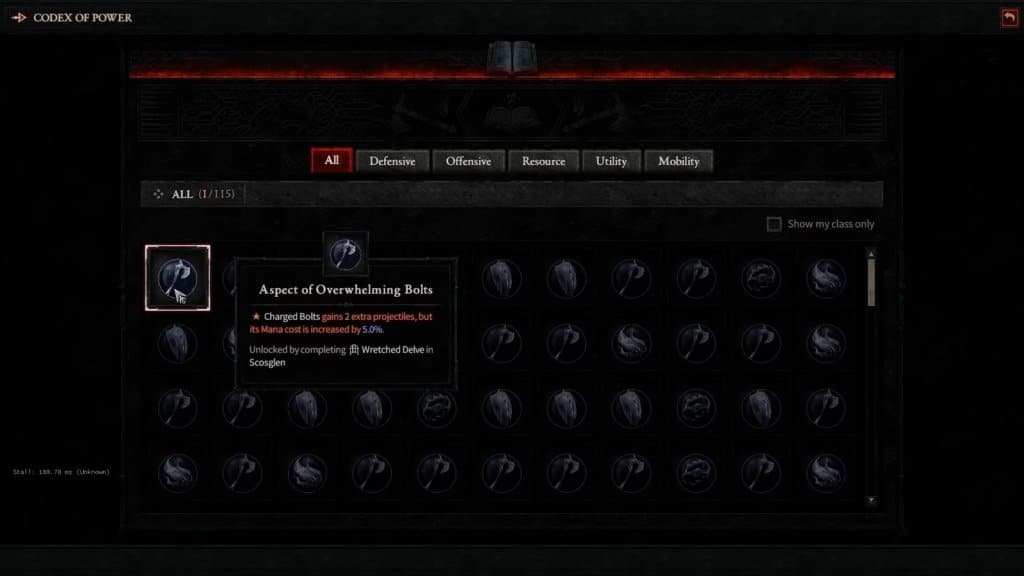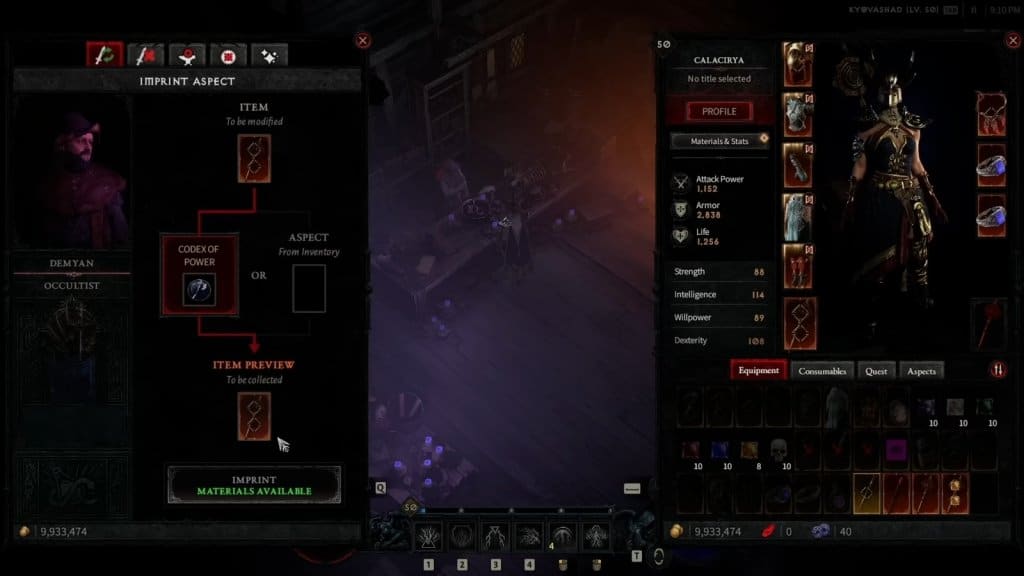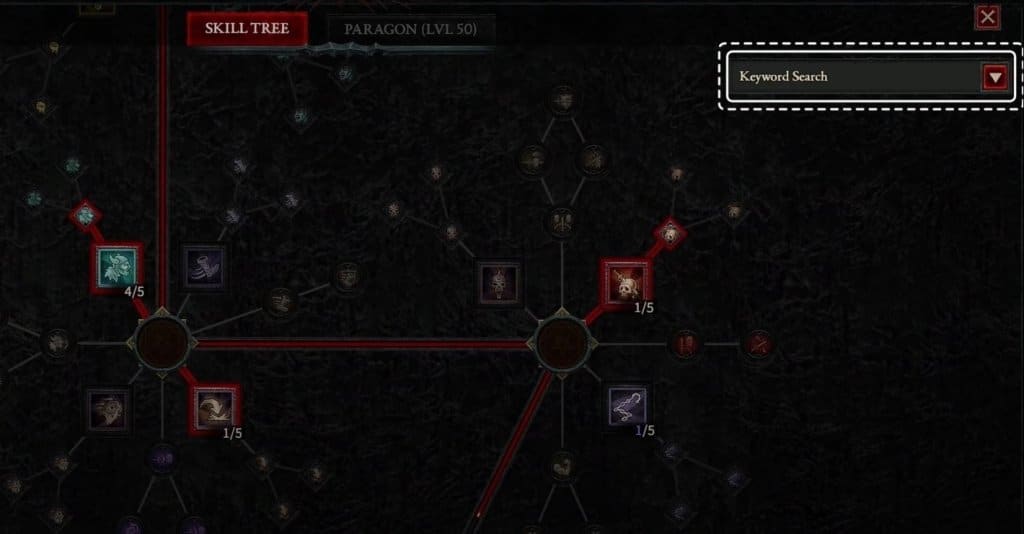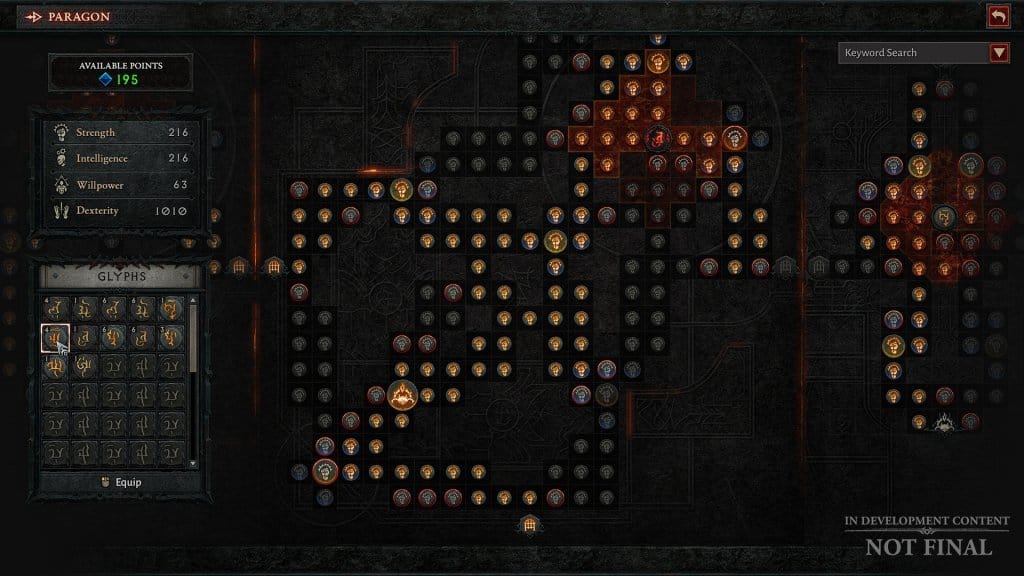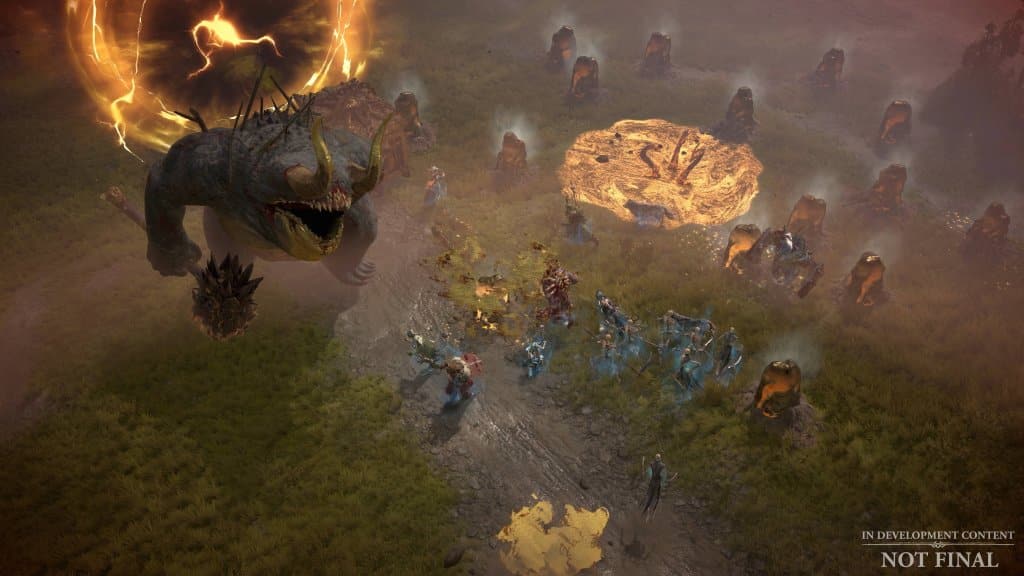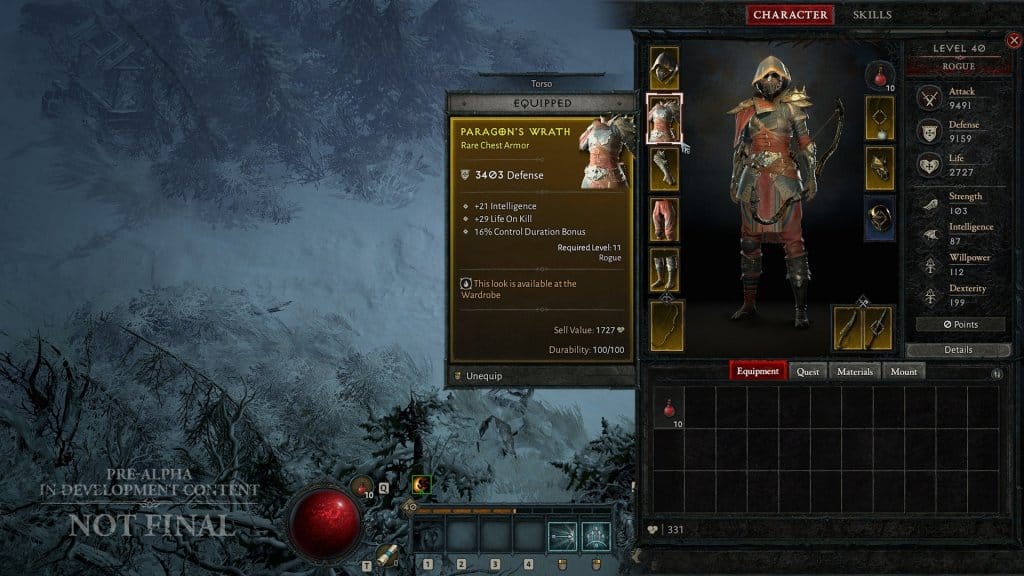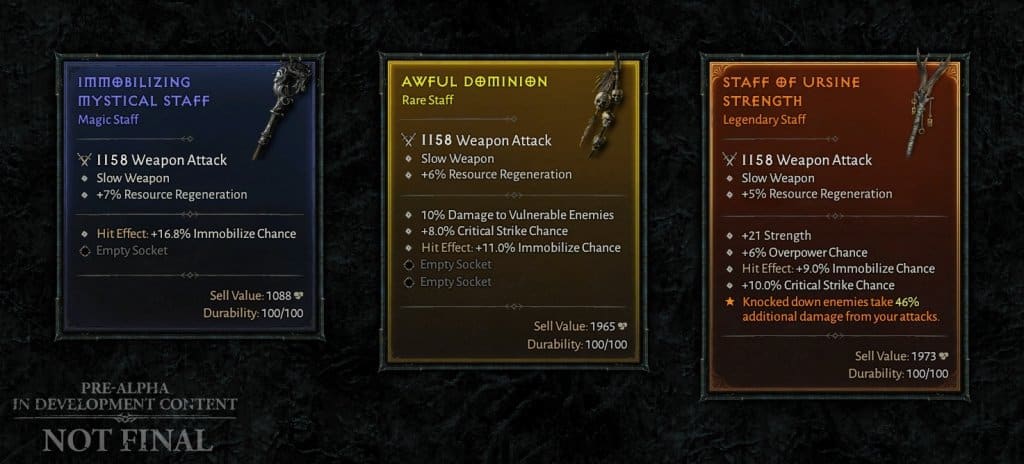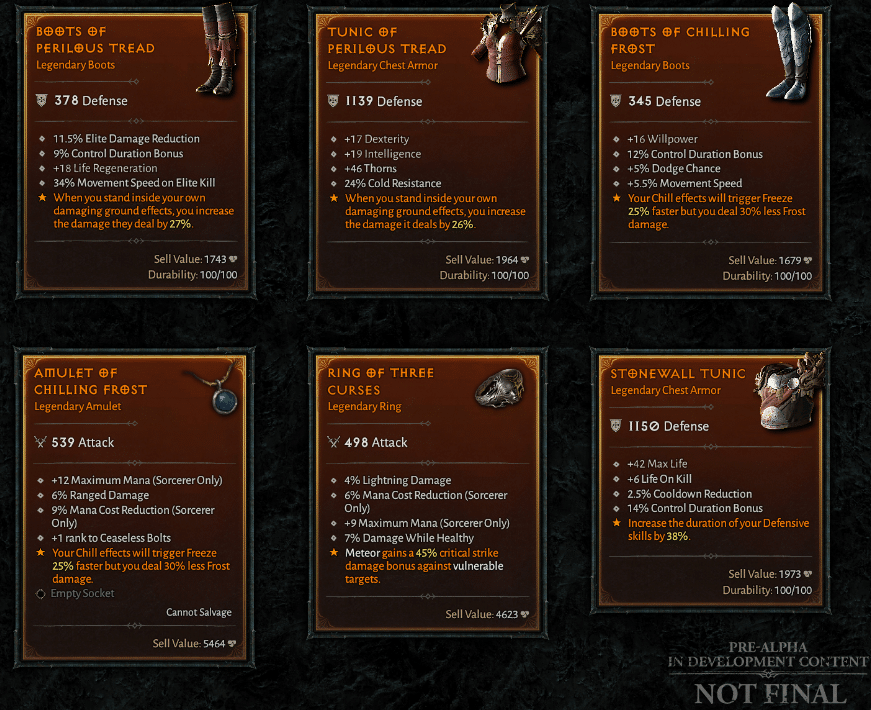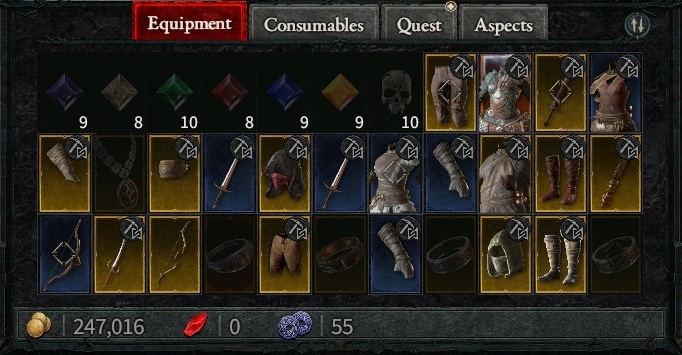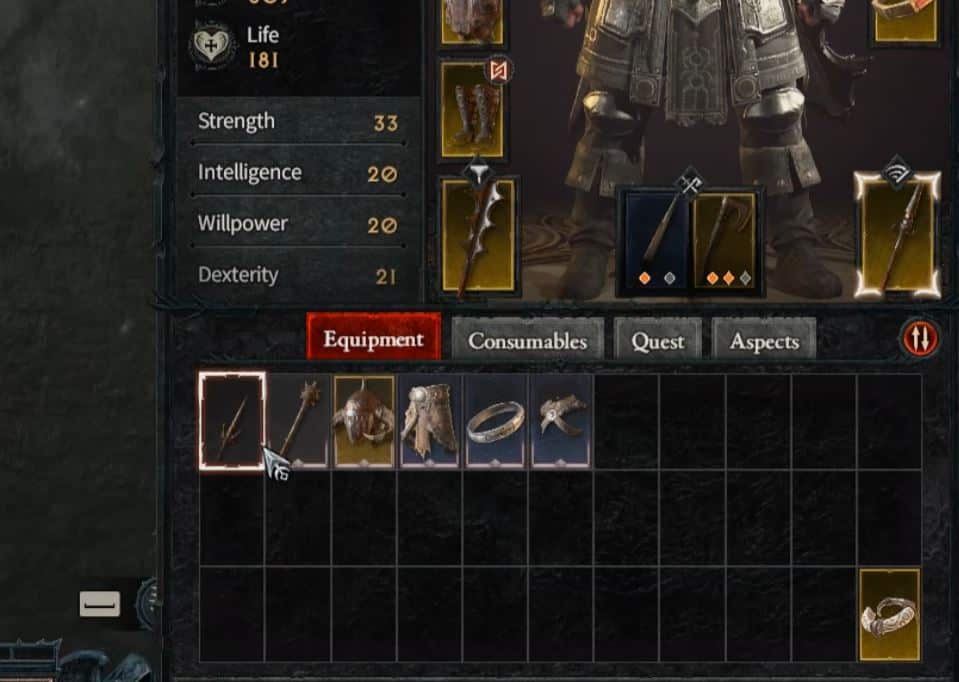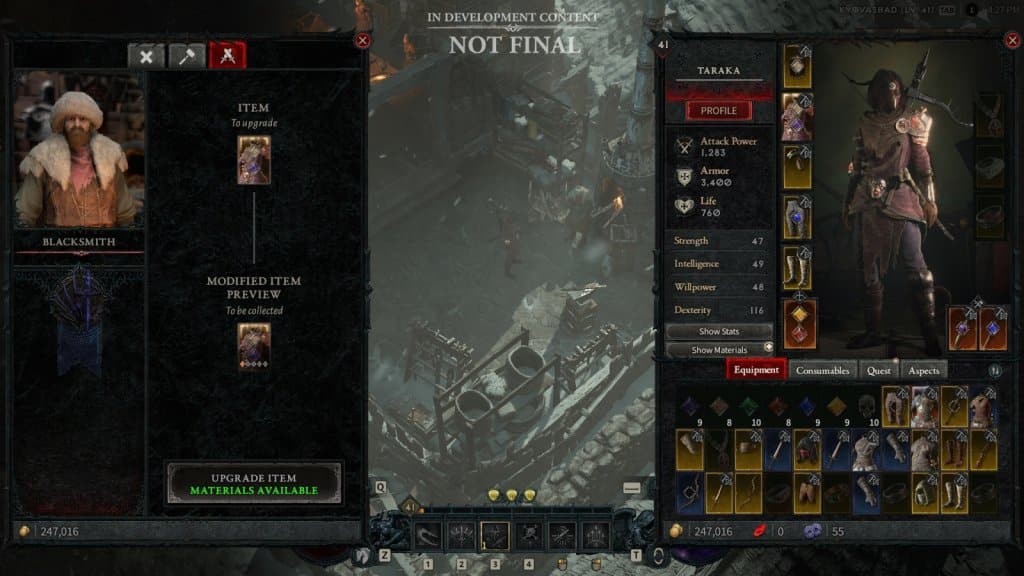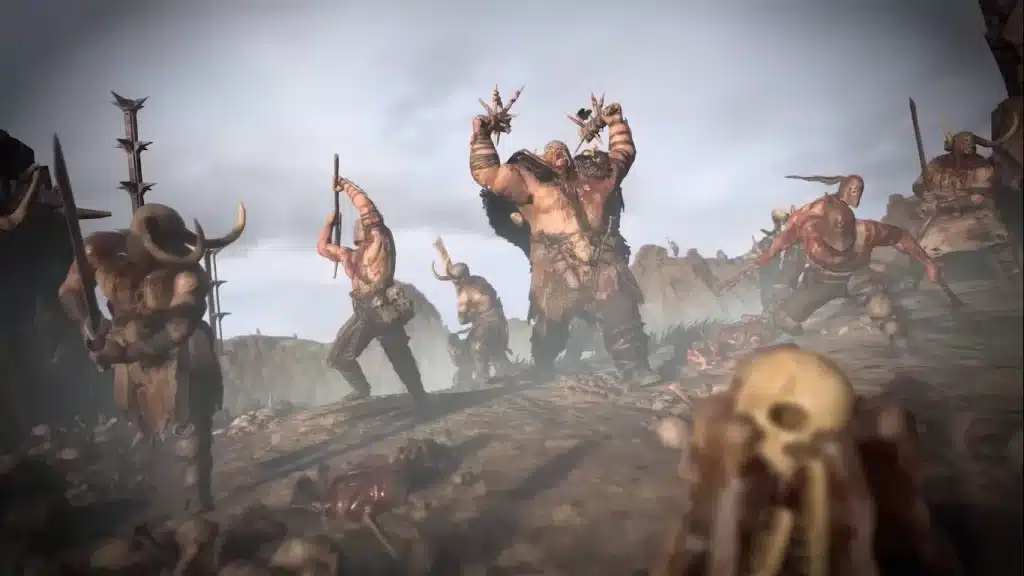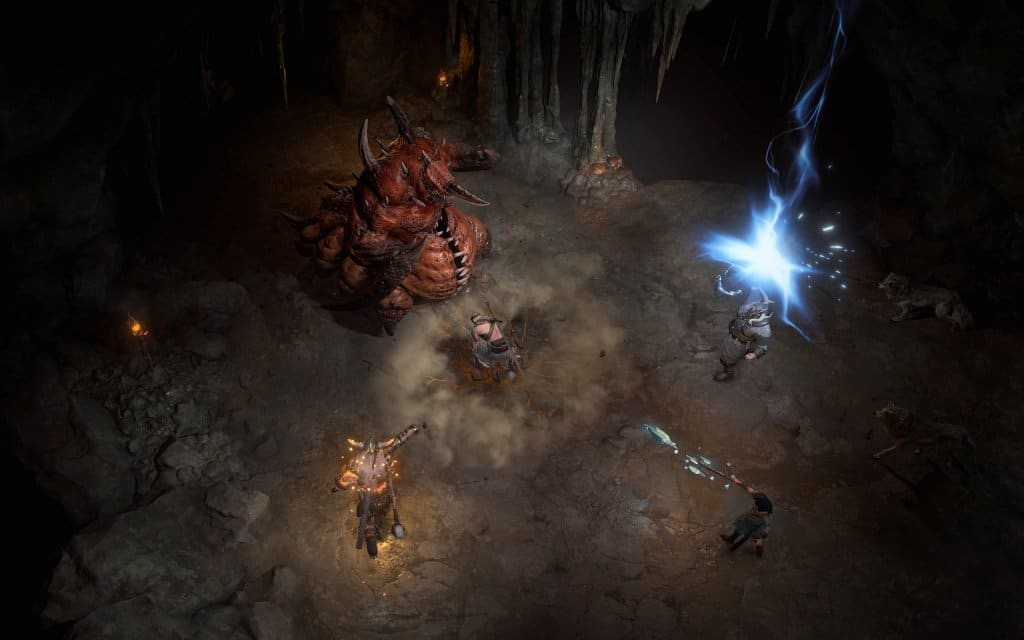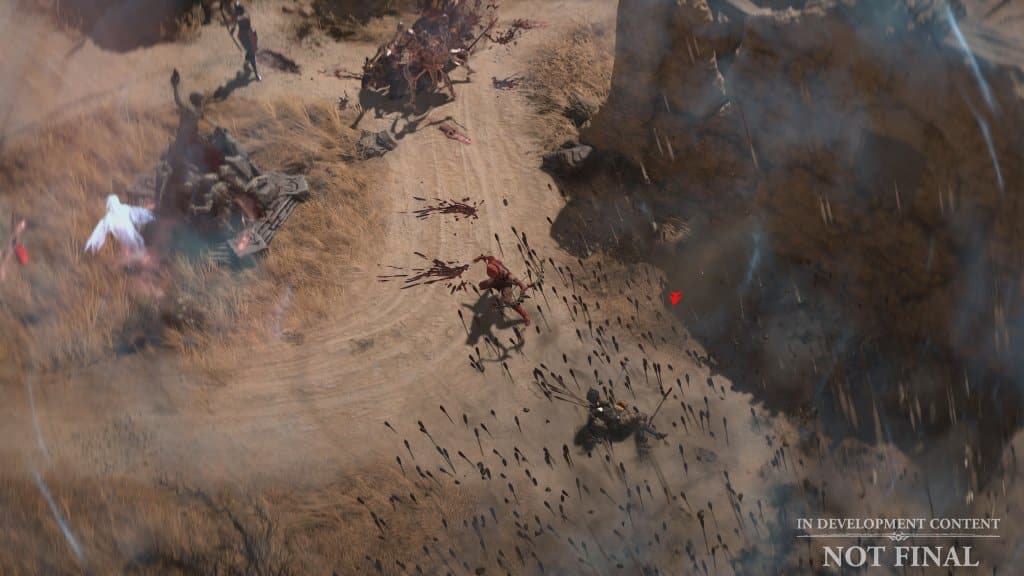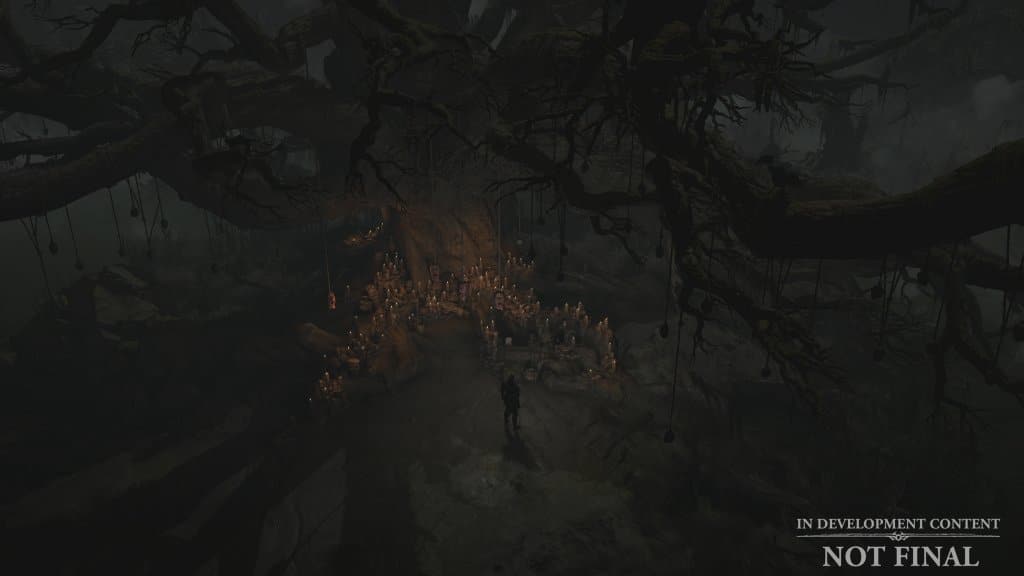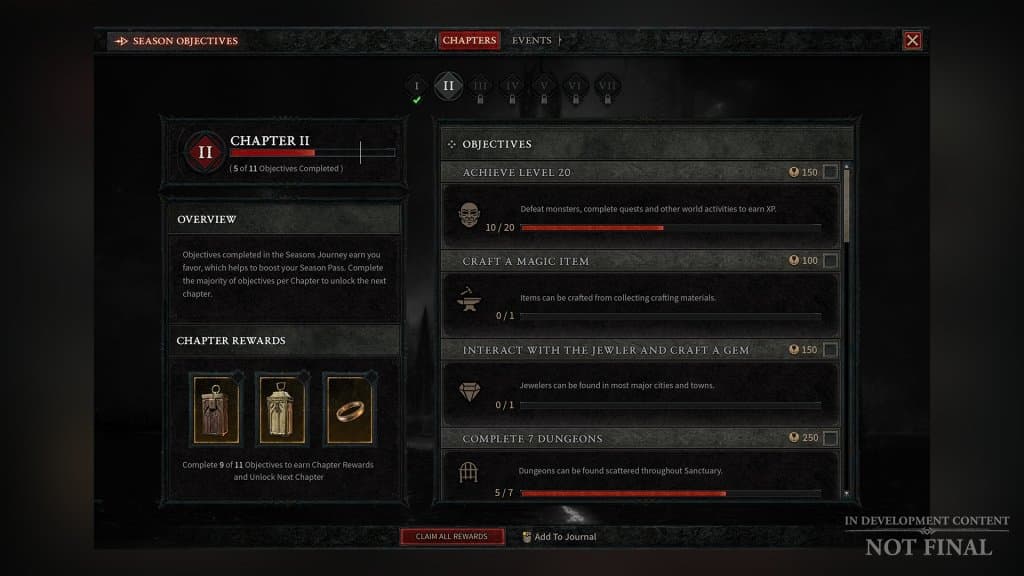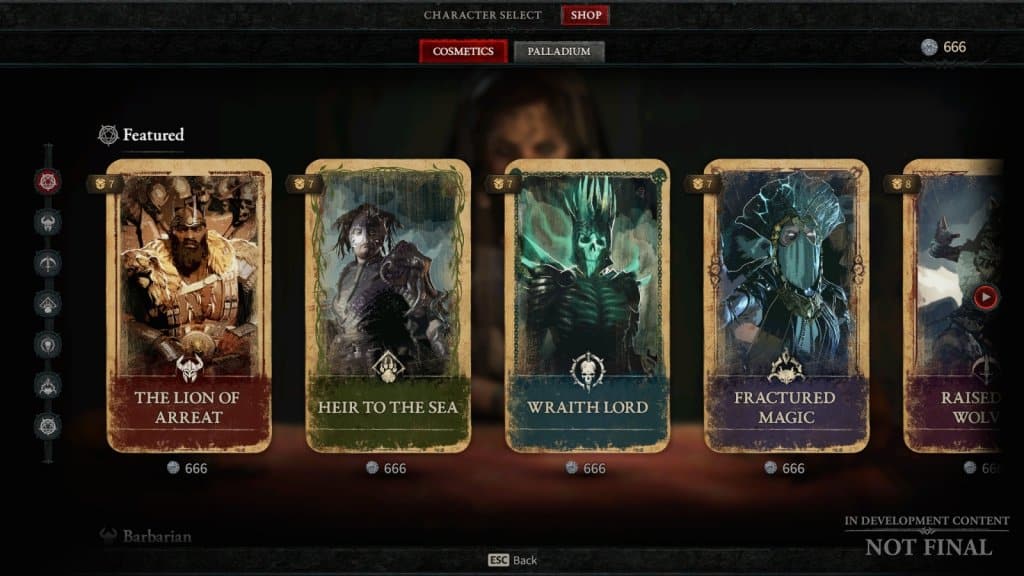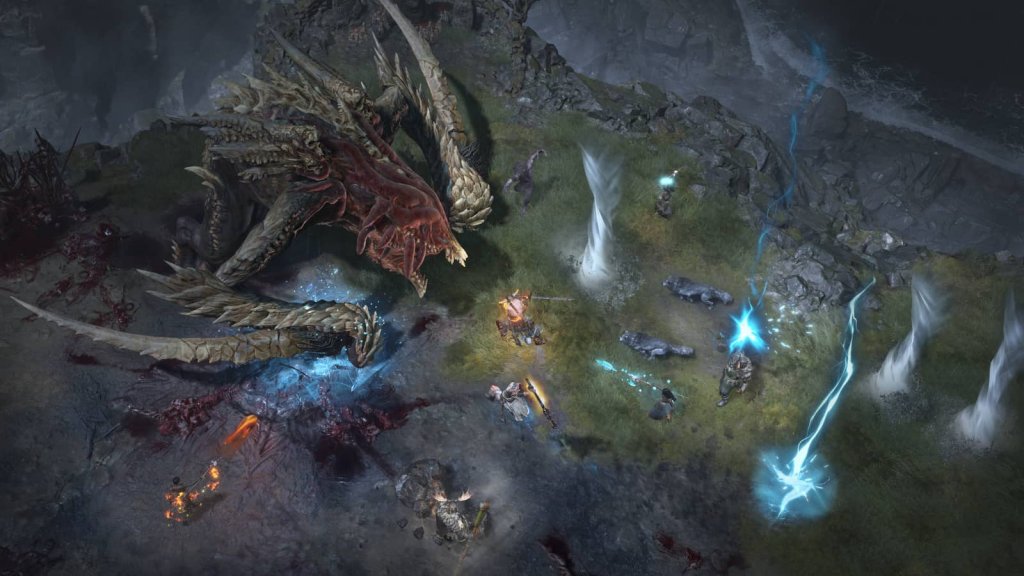The newest action role-playing game – Diablo 4 – is rapidly approaching, with early access launching on June 2, and now it seems like a perfect time to overview everything that is known about the upcoming content, including classes, character progression, endgame, and many other features. So, buckle up, and let’s get started!
TABLE OF CONTENTS
When is Diablo 4 Release Date?
The game kicks off on June 6 at 1 AM CET/ 4 PM PT / 7 PM ET. However, those who pre-ordered the Digital Deluxe or Ultimate Edition can access the game early on June 2 at 1 AM CET/ 4 PM PT / 7 PM ET, which is almost a week ahead of the game’s launch. Moreover, if you pre-ordered Diablo 4, you can start downloading it on May 31 at 1 AM CET/ 4 PM PT / 7 PM ET.
If you want to know when you can access the game early or when it launches in your region, check the official maps from Blizzard below.
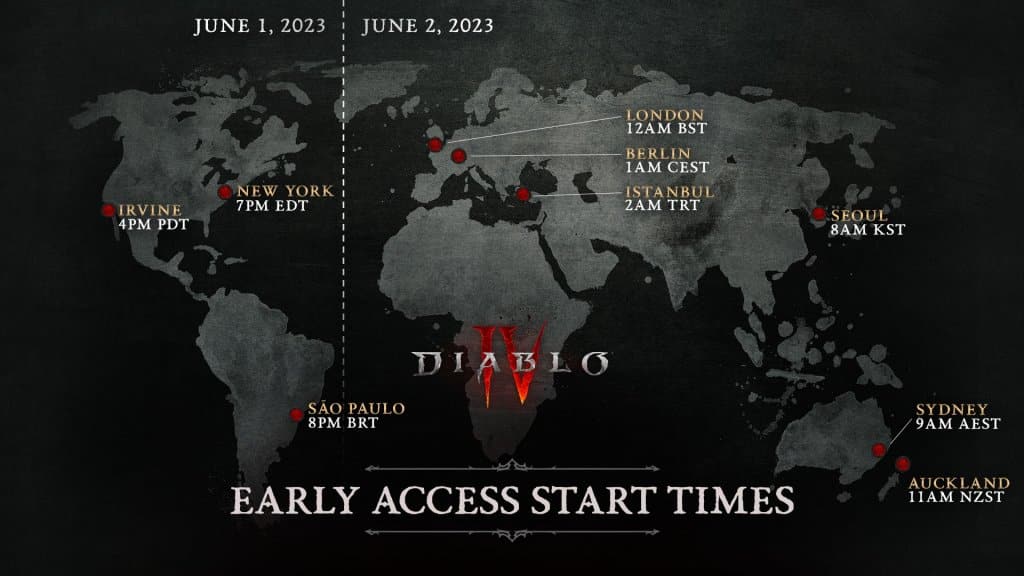
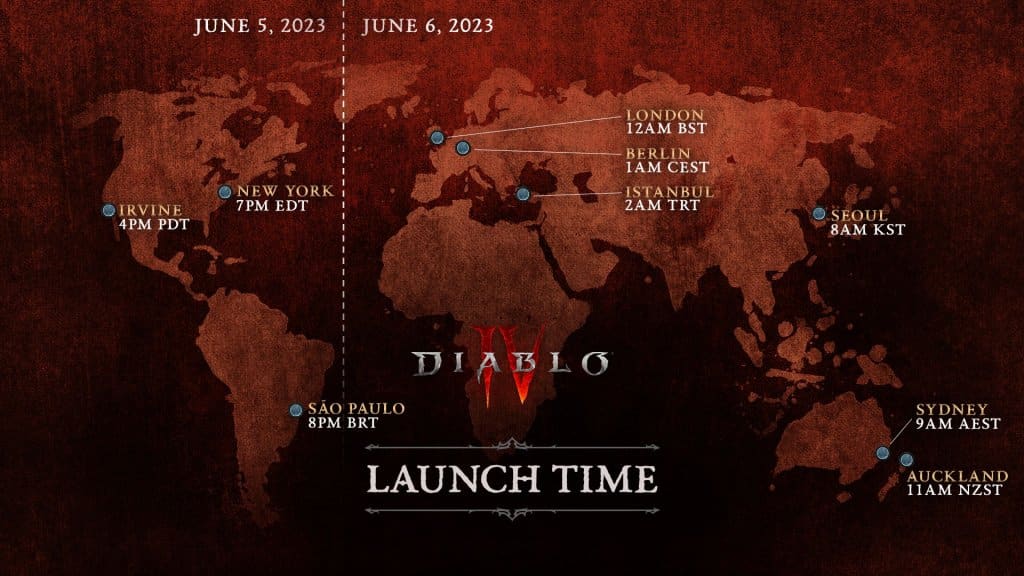
An Excursion to the World of Diablo 4
The game offers players to explore the dark open world of Sanctuary and Hell, where the main events will unfold. It’s a place filled with fear, suffering, blood, evil presence, and a medieval atmosphere. So, let’s take a closer look at the world you’ll be exploring.
Open World
Unlike many games with a similar genre, Diablo 4 features a lot of demonic, occult, and biblical elements, which you can see everywhere. The newest installment will offer much bigger regions, and according to the devs, they will be 10-20 times larger than any we’ve seen in the previous games.
To truly feel the difference, here’s Diablo 3’s map and the map from the upcoming title.
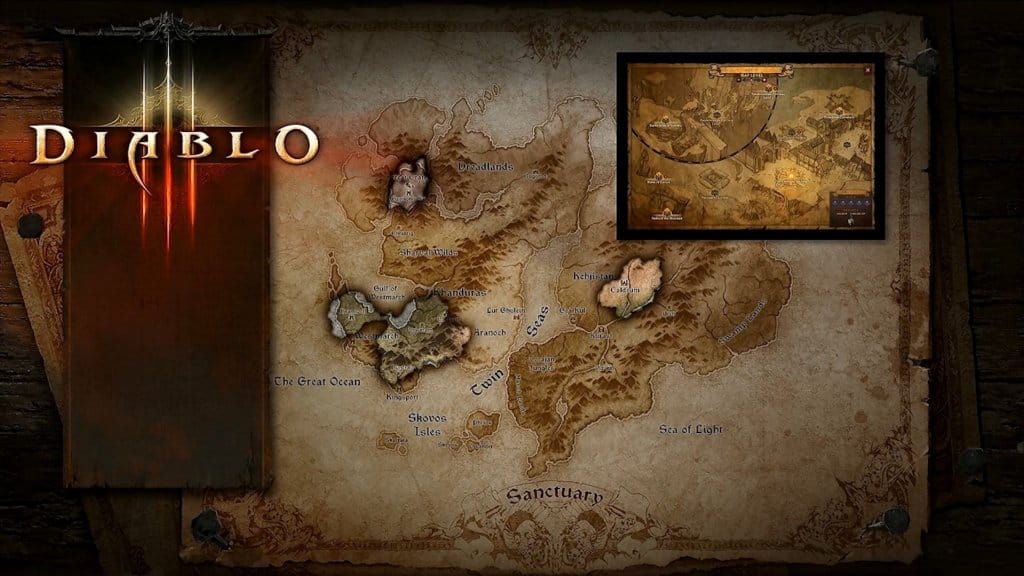
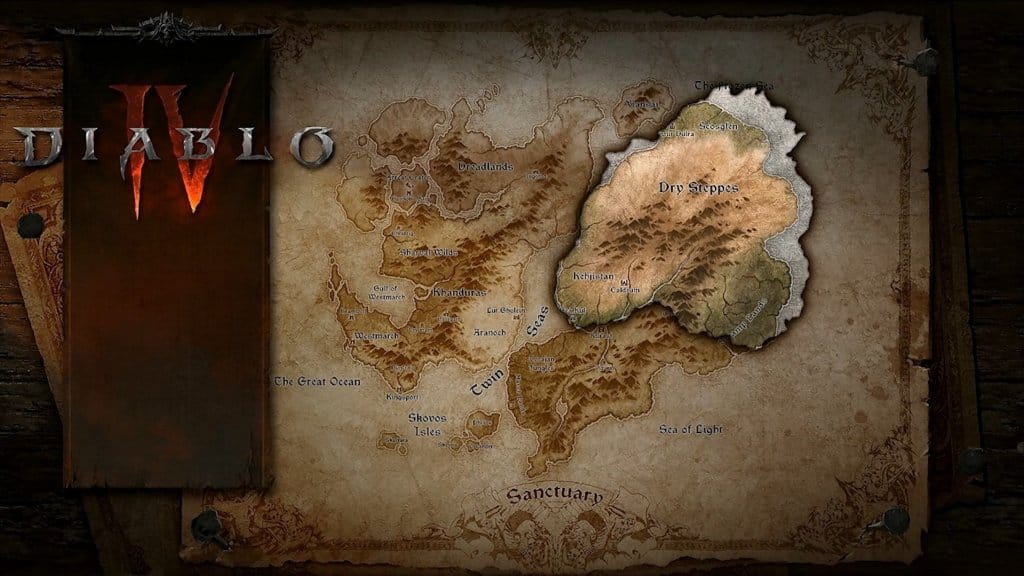
And here are a few facts about the open world.
- There’ll be day and night cycles as well as dynamic weather that has an impact on the environment, enemies, and players. Some class skills can temporarily alter the weather.
- The maps will not be randomized but preset, unlike the dungeons
- During your journey, as you progress through the story in particular areas, visit towns, or participate in world events, you will meet other players from time to time. In other cases, you will be encountering them less often; the devs made sure of it. Otherwise, the game won’t feel like itself – dangerous and unexpected.
Sanctuary and Hell
At the moment of writing, there are Hell and five Sanctuary regions we’re aware of:
- Fractured Peaks
- Scosglen
- Dry Steppes
- Kehjistan
- Hawezar
It’s possible that there’ll be more after the launch, but for now, let’s focus on those we’ve mentioned.
Fractured Peaks
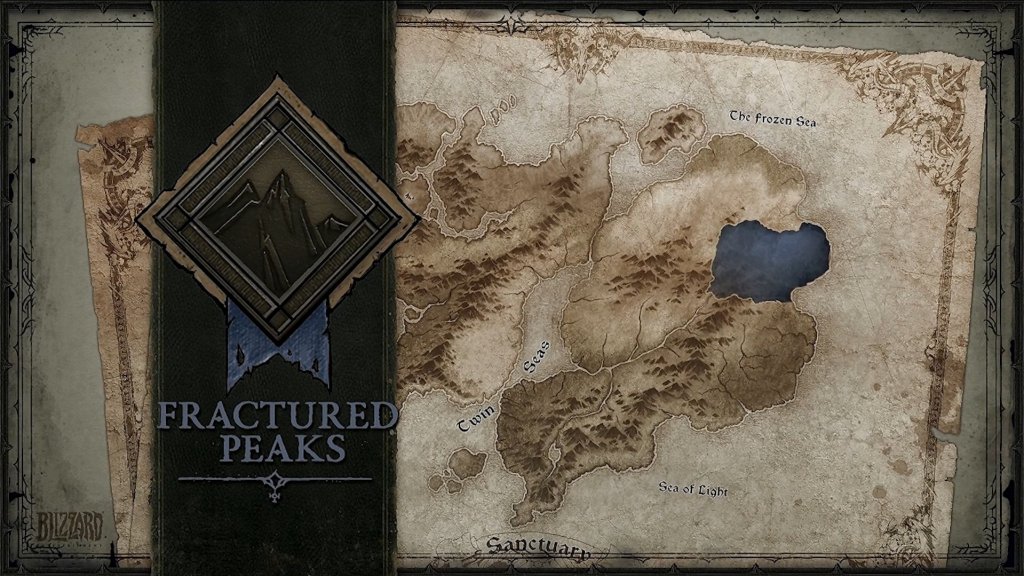
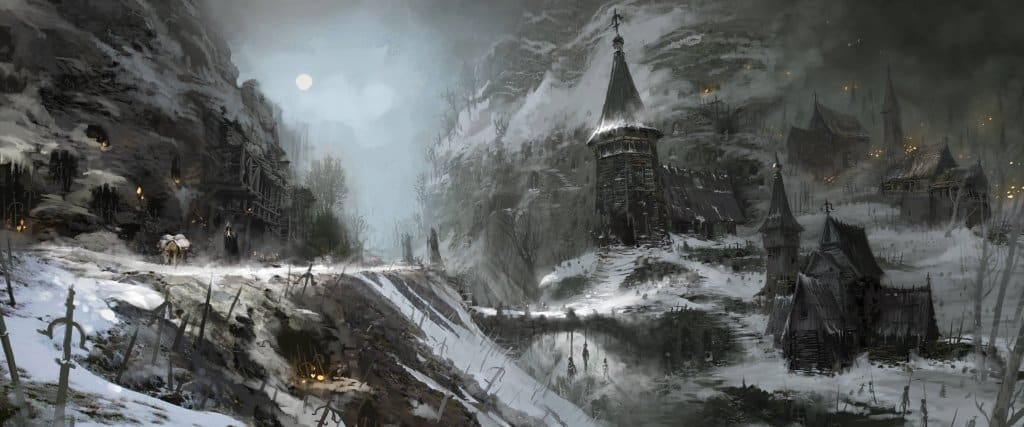
This one was available to all players during the beta, so you might already be familiar with this snowy area hidden by mountains, where anyone can find refuge away from the dark creatures lurking near this place.
Scosglen
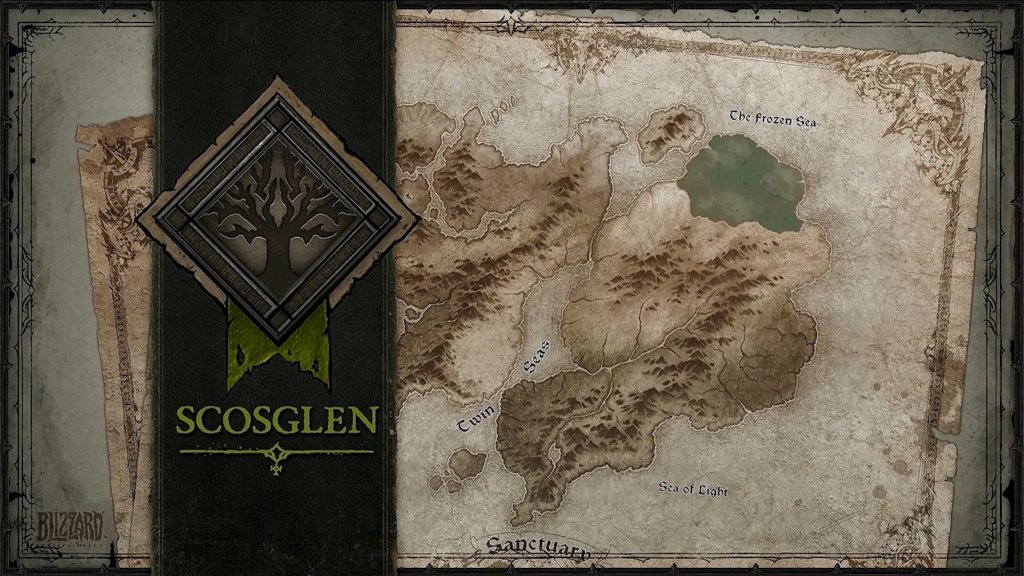
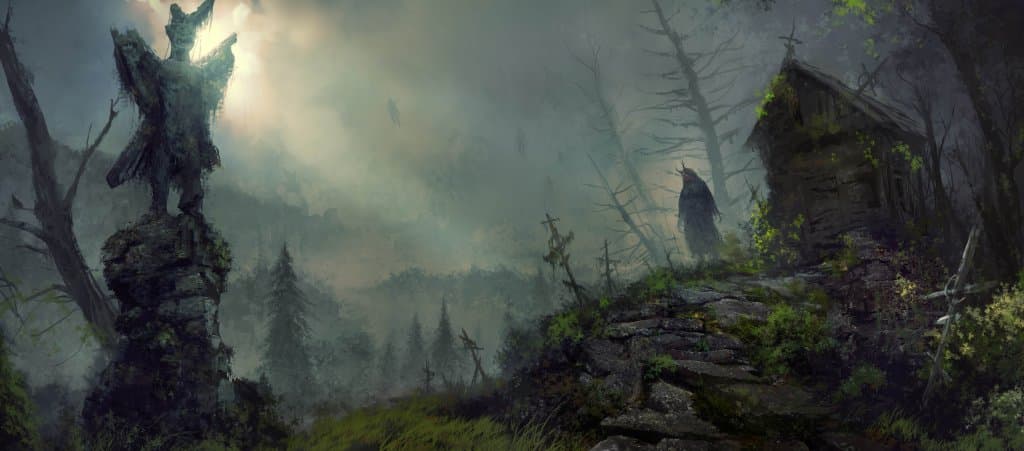
Located in the northwest and near the Frozen Sea, this place is the ancestral home to Druids, who will protect their land at any cost. The area is filled with dark forests and rough mountains, and one can find a big oak Glór-an-Fháidha, the greatest tree in Scosglen that serves as the source of knowledge to Druids.
Dry Steppes
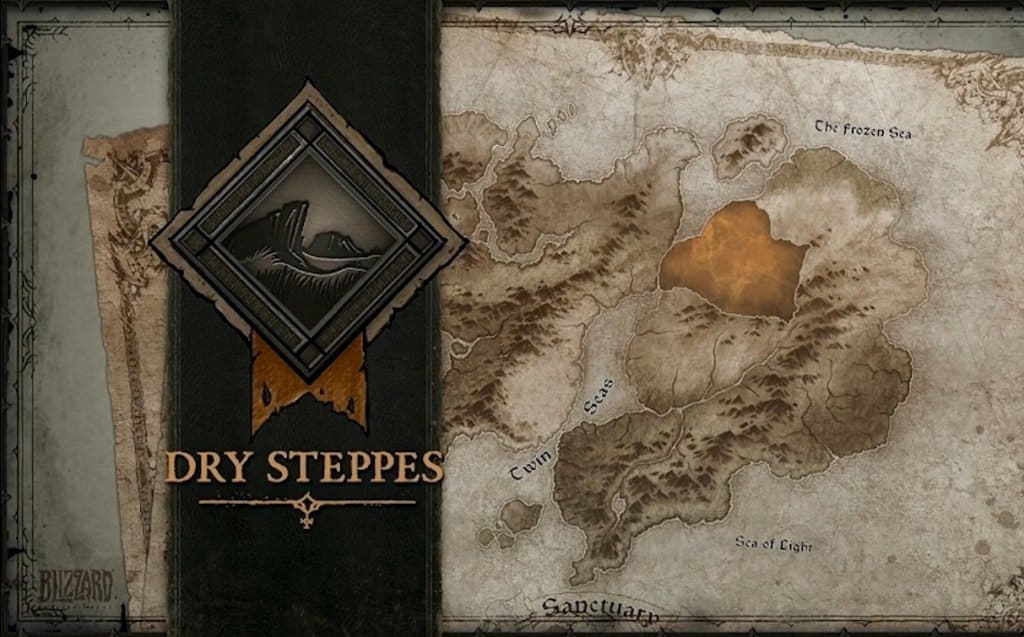
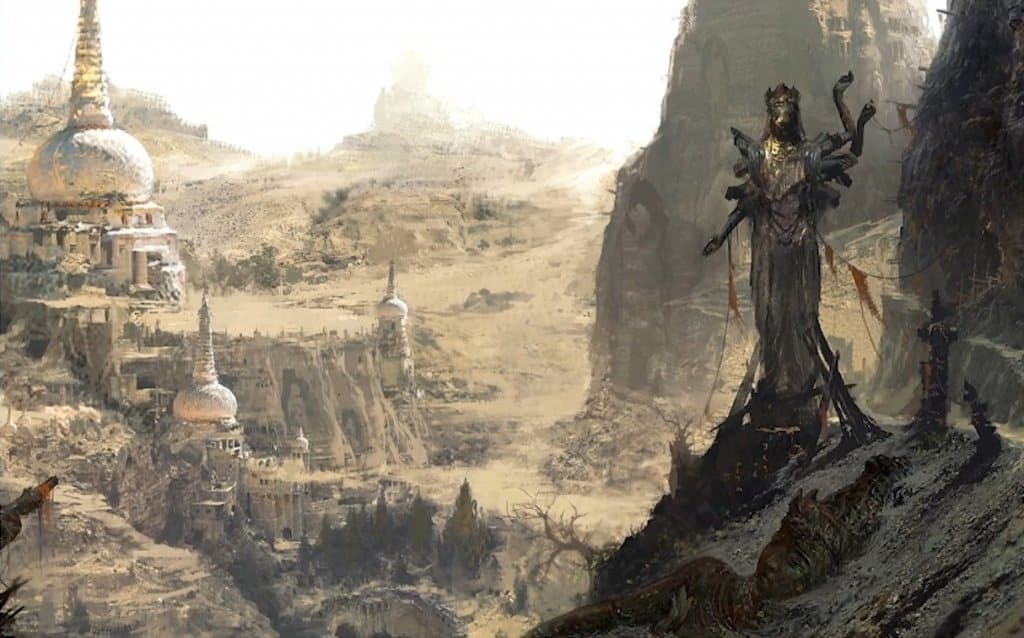
Dry Steppes is a desert wasteland, home to Barbarians, mercenaries, and cannibalistic blood mages. This place features many zones like deep canyons and salt flats, as well as known locations – Ruins of Qara-Yisu and Orbei Monastery.
Kehjistan
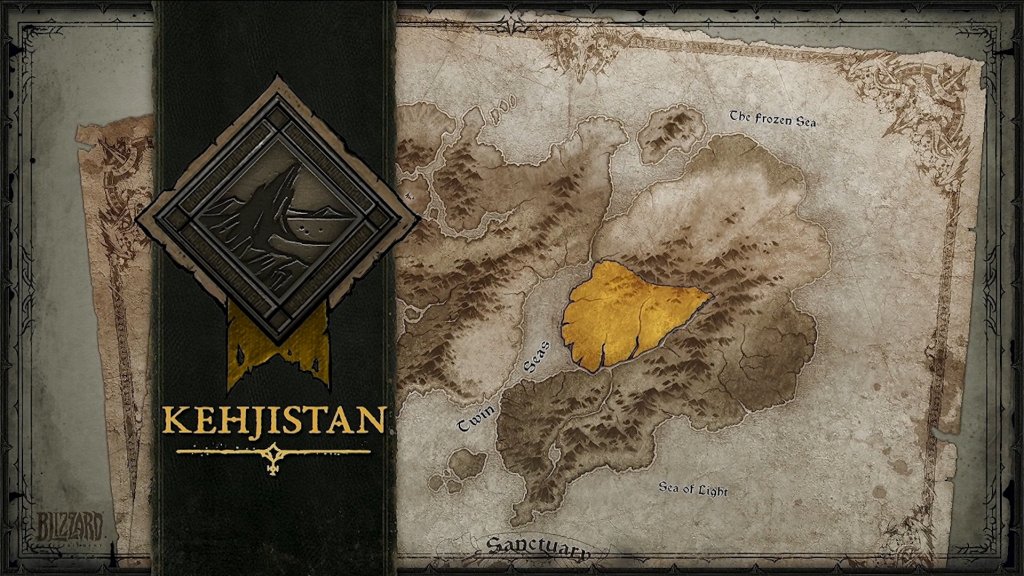
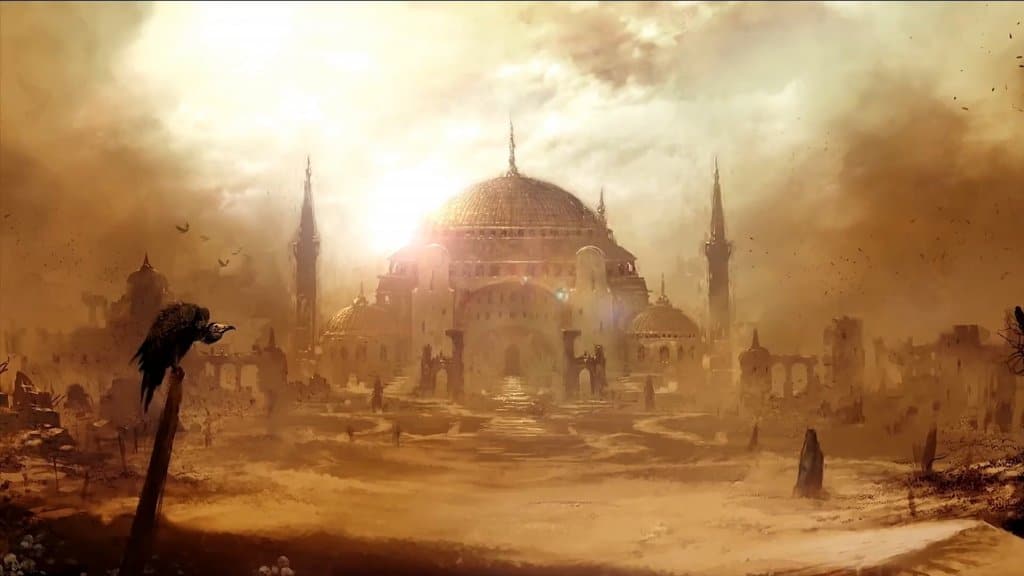
This is a highly inhabited area that lies south of the Dry Steppes and is home to the Mage Clans, cultists, and demons. The terrain includes rainforest in the south and large dunes in the north, and the known locations are Borderlands and the capital city of Caldeum.
Hawezar
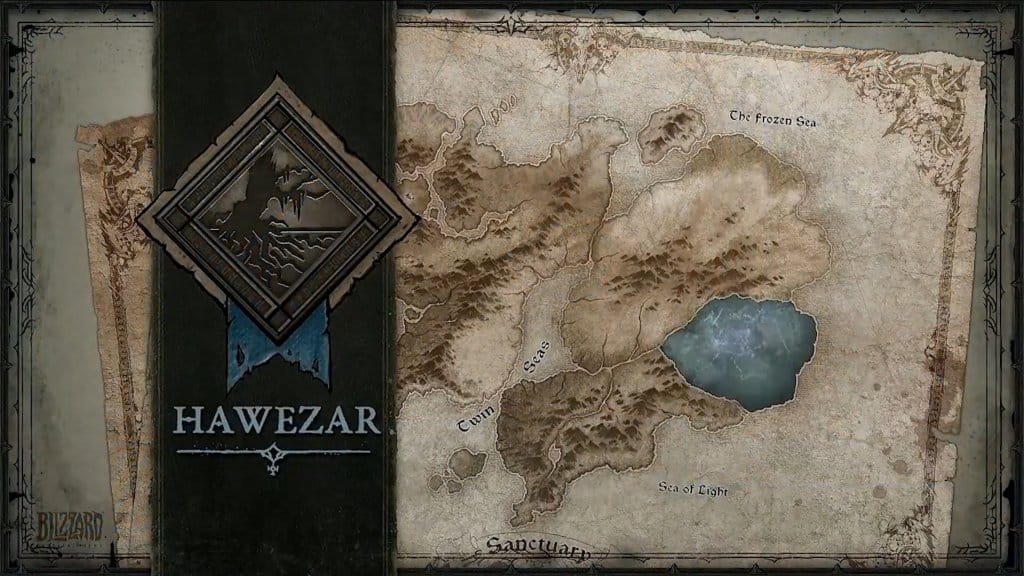
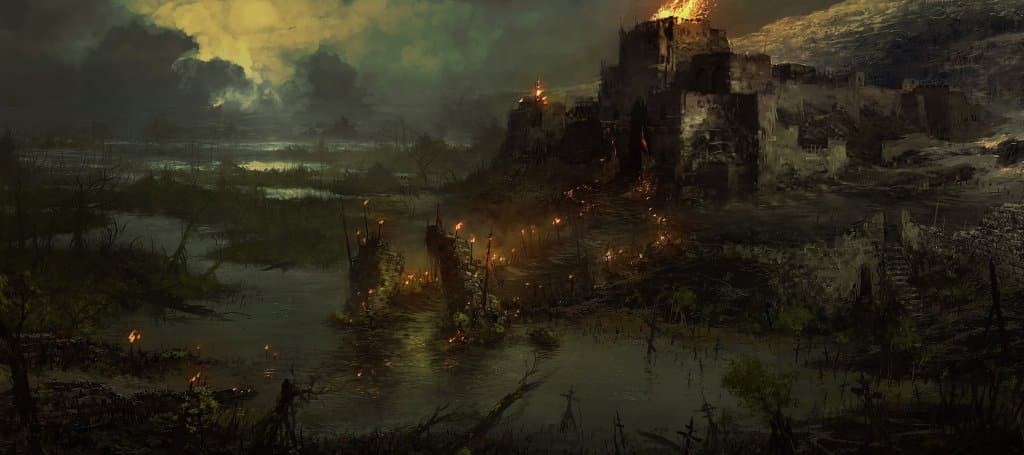
A home to witches, assassins, thieves, and giant snakes, this swampland is found east of Kehjistan. The terrain features swamps, shallow rivers, marshes, and thick forests.
Hell
The Dominion of Hell consists of eight parts, and Andariel, Skarn, Belial, Duriel, Mephisto, Baal, and Diablo are the eight hellish Lords of Hell who govern over their own regions. Also, it’s rumored that Inarius, the father of Sanctuary, is locked up in the chamber of mirrors there. On top of that, one can find the Pandemonium Fortress, which is the final stronghold before the gates of Hell, serving as a gateway between worlds.
Events
There will be plenty for you to take part in, including the common (like the Drowned invading the shoreline) and the boss ones. Moreover, in zones called Fields of Hatred, you can also find Diablo 4 PvP events to participate in.
Towns
The major town will serve as social hubs where you can find vendors, take quests, access a waypoint (a fast way to travel across the world), and interact with other players by buying or selling goods or looking for a group.
Strongholds
These are places surrounded by enemies, which you will find all over the world and which you need to cleanse. Until you do that, they will be private for you and your group. After being cleared, these sites will reward you with loot and transform into helpful outposts with quests, vendors, a waypoint, and even dungeon entrances.
Shrines
Visiting a shrine will provide you with a temporary buff that will last for 30 seconds and will also increase your movement speed. In addition to completely healing your character, Healing Wells will refill all of your resources.
What's Diablo 4 Story and Campaign?
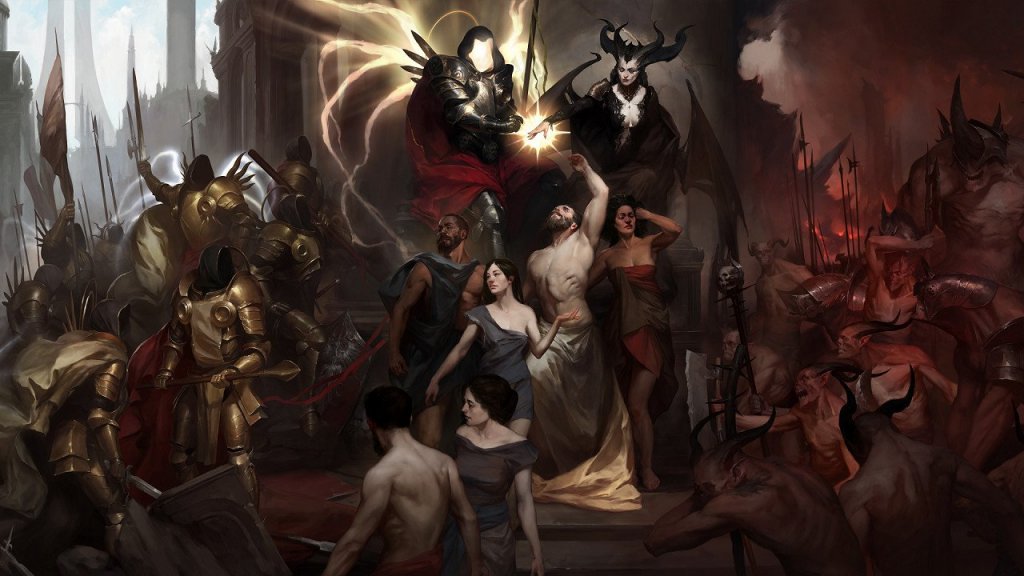
The Diablo 4 story takes place years after Diablo 3. Since Malthael killed 90% of Sanctuary’s population, the world is left in ruins, and humanity is abandoned by the Angels. That’s when the Triune summoned Lilith (Daughter of Mephisto, Mother of Sanctuary and Humanity), who was in exile for a very long time. Her and Inarius’s confrontation will be one of the main plot lines in the upcoming game.
According to the devs, the campaign will take roughly 35 hours to complete and will not be linear. Players will have a choice from which act to start and move between after they’re done with the prologue. The victory in this campaign is neither simple nor assured since Blizzard intends to convey a larger story over an extended period of time.
Furthermore, the players will learn a lot of stories about the folk and villagers, which makes the story feel more grounded than the one from the previous game. Speaking of telling stories, in Diablo 4, we will see the return of lore books. However, who will not return to the game is Diablo because the developers want the comeback of the bosses to feel more natural.
Diablo 4 Classes
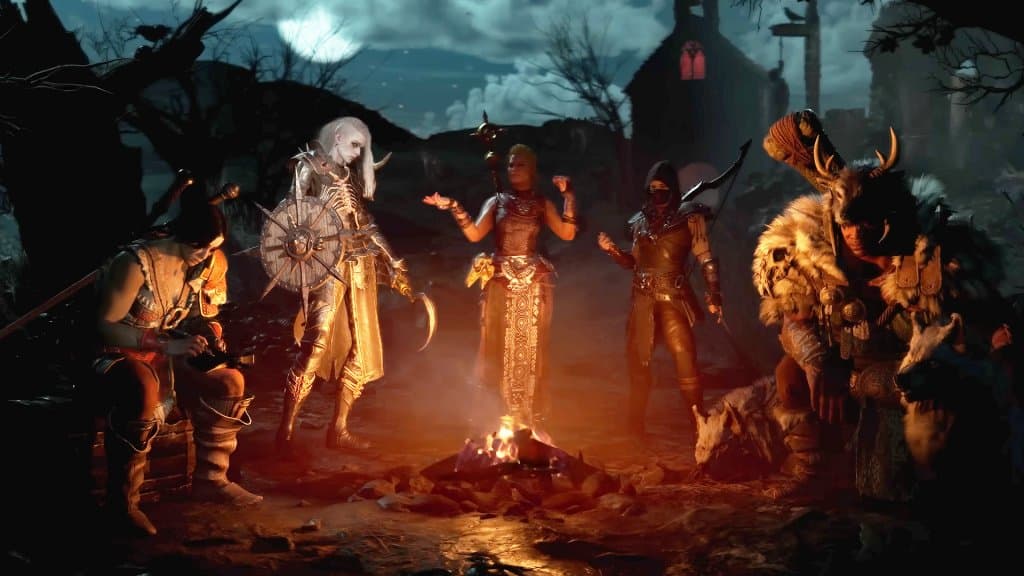
There will be five Diablo 4 classes you can choose from Barbarian, Druid, Sorcerer, Rogue, and Necromancer. Each can be customized to your liking in various ways. For instance, you will be able to pick your character’s gender, ethnicity, facial characteristics, haircut, hair color, eye color, tattoos, cosmetics, scars, and jewelry.
Additionally, you can choose from a range of Basic Skills, Ultimate Skills, and Class-specific Skills to assemble the perfect build for your character.
As for support builds, the devs said that they wanted them to be in the game, but for that, they need to make sure that players will interact with monsters, not just the group members.
On top of that, all classes will receive the new ability – Evade, which is a short-distance sprint.
Barbarian
The class is mainly focused on aggressive and brutal physical attacks, and their skills will look and feel familiar to those who played the Diablo games before. But, of course, there will be new abilities and mechanics, about which you can read here.
Druid
Players know Diablo 4 Druid as a powerful shapeshifter and summoner. The class took a lot from Diablo 2’s version but will also receive some new abilities, which allow them to cast spells and make shapeshifting more seamless.
Sorcerer
This class shares a lot with Diablo 2’s version in terms of using elemental magic to defeat their enemies. But that’s not it, as they will have two new mechanics in the upcoming game.
Rogue
The Diablo 4 Rogue is famous for their mobility, DPS attacks, and impeccable abilities to use swords, daggers, bows, and crossbows like no other in fighting with enemies. To learn more about this class, make sure to check our guide.
Necromancer
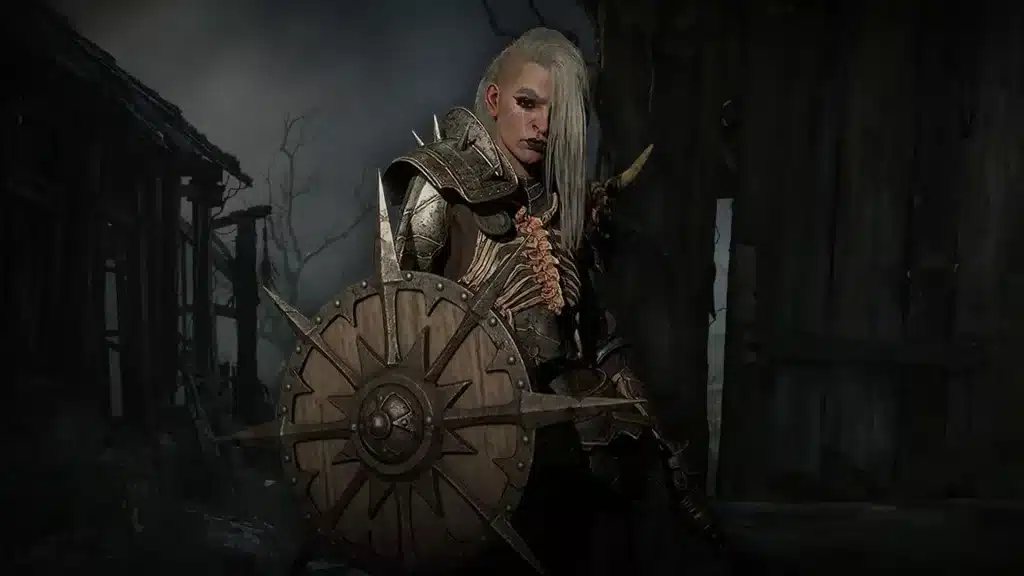
Being a powerful class, Diablo 4 Necromancer excels in summoning minions using blood, bone, and shadow magic to fight by their side. They are excellent DPS who can engage in both melee and ranged combat, and you can choose how you want to fight your enemies – alone or with your army.
Character's Progression in Diablo 4
The level cap is 100, which you can reach by progressing through several systems. The campaign will get you to level 45, while the endgame progression system, which is unlocked at level 50, can get you to the level cap. It’s called the Paragon Board, and it grants you points every 25% of a level.
The power will come from various sources, including Diablo 4 leveling, skill upgrades, passives, primary stats, items, and the endgame progression. So, let’s take a look at some of the power resources.
Renown System
It’s a new system that rewards players for world exploration. Each region has its Renown milestones, which grant you bonuses (for each hero) and give rewards for all characters on the account.
Altars of Lilith
These sorts of collectibles can be found throughout the world, but they are mostly hidden, so try exploring some dead ends, for instance, places alongside the road and near tree lines. Locating an altar rewards you with account-wide bonuses like increased stats, which is quite useful for leveling. If you want to know how to find all the Altars of Lilith in Fractured Peaks, check our guide.
Codex of Power
The Codex of Power is a consolidated compendium of all Legendary Aspects, unlocked by triumphing over certain dungeons for the first time. These Aspects serve as Legendary Powers that could define your gaming style and potentially unlock unique playstyles. You can intentionally hunt for specific Aspects by selecting dungeons on the map that hold the Aspects you desire, including those usable by different or all classes.
These distinguished Legendary Aspects can be stamped onto Rare and Legendary items via the Occultist. Once imprinted, Rare items evolve into Legendaries, inheriting the affixes that were originally present on the item, in addition to the newly incorporated Legendary Power. Legendaries undergo a transformation where their existing Legendary Power gets replaced with a new one. Power Codex Aspects can be indefinitely applied, while the routinely extracted Legendary Aspects get used up when they are imprinted onto an item. Remember, an item can only undergo this process once!
Primary Stats
The effects of these stats vary depending on the class. Here are a few examples:
Each Primary Stat comes with a secondary defensive bonus.
Skill Trees
This type of progression shares a resemblance with the one from Diablo 2 but is less linear. The next skill inherits something from the previous one, with skills getting synergies from other nodes.
You can spend points starting from a Skill or a Passive within each cluster. Spending one point grants you access to the next node, and spending a certain amount of points unlocks the next cluster.
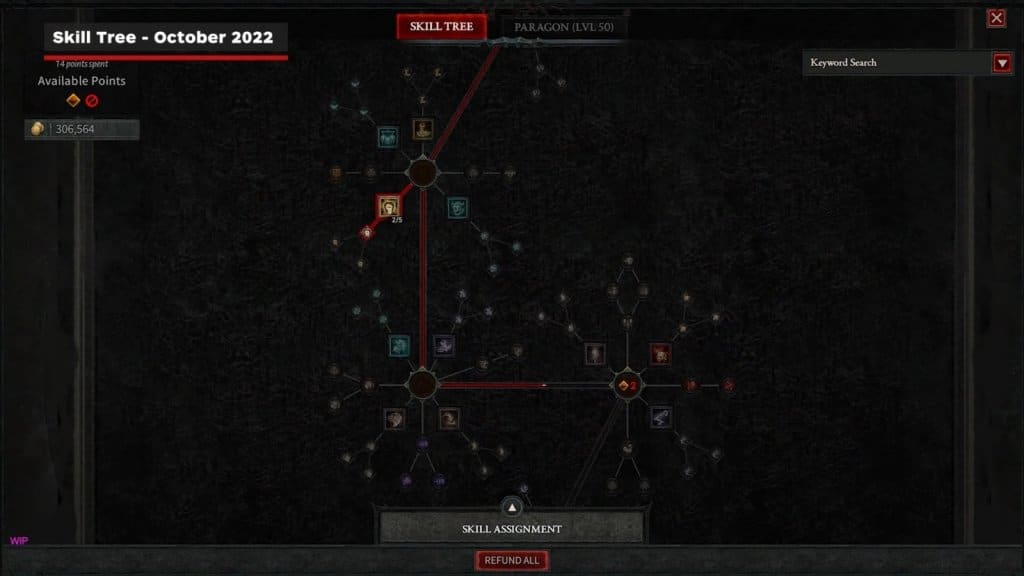
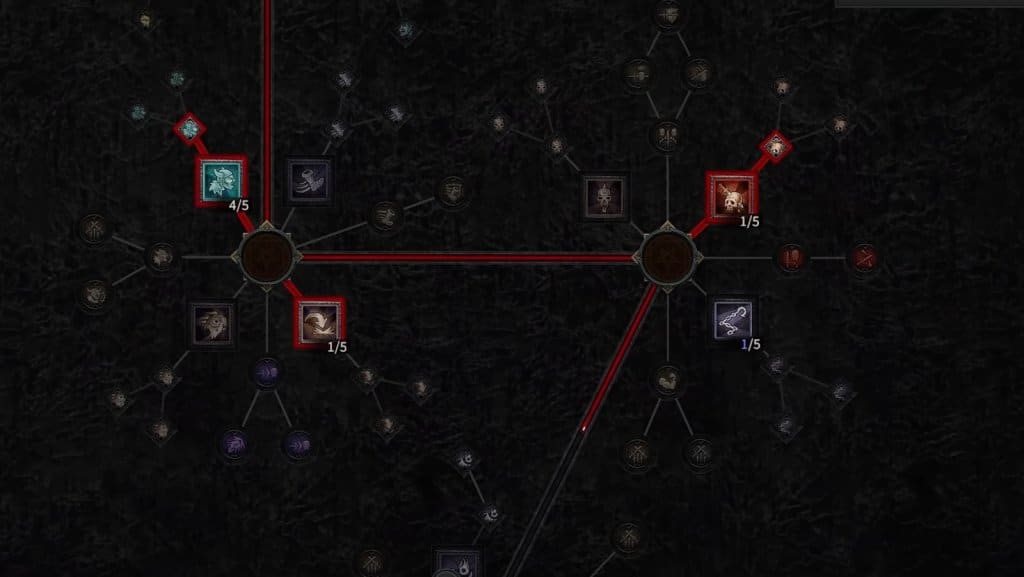
The Function of Keyword Search enables you to spotlight specific nodes within the Skill Tree, facilitating the discovery of synergies for your build, such as revealing all nodes that can enhance Bleed effects.
The Skill Tree allows for flexibility with changing either on a point-to-point basis or a full refund of all points using Gold. The effort, commitment, and the cost of respecing escalate with the character’s level, instilling a sense of importance and lasting impact in your decisions. The process is designed to be effortless for beginners to promote exploration of different styles, but it demands a substantial investment at the endgame level.
Unlike Diablo 3, where builds primarily depend on gear, Diablo 4 emphasizes the role of the Skill Tree system in formulating builds, creating a deeper interaction between gameplay decisions and character growth.
Paragon Board
This is an endgame progressions system that unlocks at level 50 and is your only way to reach the cap. You will have one Paragon point for every 25% of the experience, thus each of Diablo 4 Paragon levels will include four points. Beginning at the center of your class’s introduction panel, you will progressively make choices that branch out, unveiling linked tiles.
There will be six types of tiles:
- Normal: Provides a small stat boost (for instance, +5 Strength)
- Magic: Provides a potent, more diverse set of benefits
- Rare: Provides significant boosts in power, with additional powers unlocking at certain primary stat thresholds (e.g., Requires 175 Strength, 125 Willpower: +8% Increased Maximum Fury)
- Legendary: Provides a new Legendary power to the character
- Socket: Insert Glyphs into Socket Tiles which provide various benefits based upon the number of active tiles within their radius (e.g., Magic Glyph (Level 3) – Radius size: Small, Grants 30% bonus to all nodes within range)
- Gate: Select a new Paragon Board from the Paragon Board list (which can be rotated) to attach to the existing board after reaching a Gate Tile
The Player Experience in Diablo 4
Game Modes
There will be two modes – Normal and Hardcore. The former will allow you to respawn at the last checkpoint with all your gear upon death, and the latter will be the same as it was in the previous Diablo games, with your character lost once they die with no option of reviving.
Interestingly, the devs also mentioned the Solo Self-Found (SSF) mode, which, however, they don’t plan to add to the game. Yet. This is the mode with disabled trading and grouping with others that make your gaming experience more challenging. And it looks like we might see this mode in the game if the studio decides to feature it after all.
Solo Play and Grouping Options
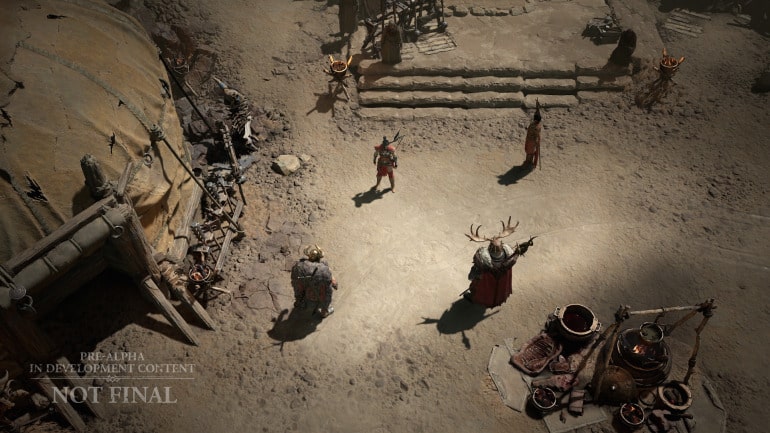
There will be an option to play the game solo if you wish to, and all items and content progression will be accessible to you as well as to those who play in groups. Speaking of which, fans will be able to form up to 4-player groups, which grants a bonus XP (5%, 8%, and 11% depending on how many buddies you stand near). The leader’s state of campaign and world will be applied once the group is established. The players can communicate through in-game party voice chat.
Mounts
The new game introduces a new feature – mounts that help you travel across Sanctuary. To get yourself a horse and other companions, you need to solve puzzles, locate them in hidden places, kill specific monsters, etc.
Moreover, you can equip your mount with different items that grant all sorts of stats and also alter their appearances. Thus, you have the option to customize your loyal companion. For instance, hoof plates can enhance your mount’s speed, while the trophies show that you overcome a specific challenge.
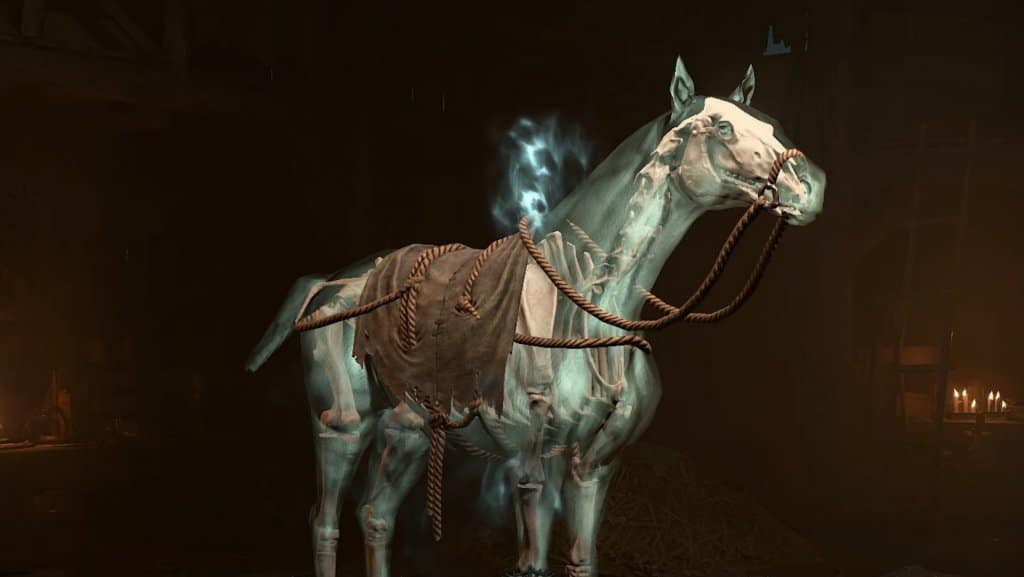
Each class will have a dismount ability that can be activated, except for the cases when enemies hit you.
Vertical and Horizontal Movement
Diablo 4 will add both of these features to the game, allowing you to climb mountains or other obstacles and jump across chasms.
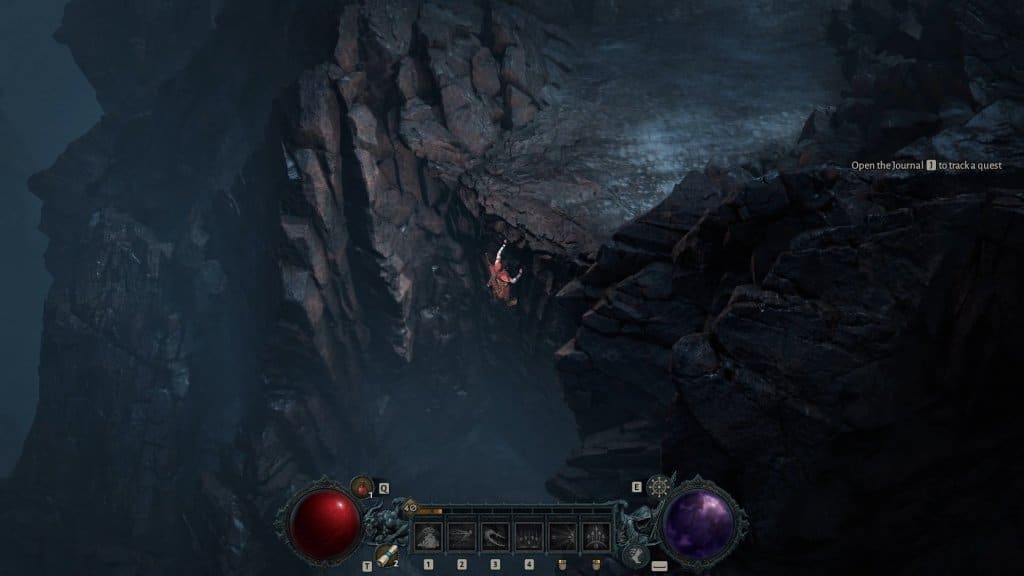
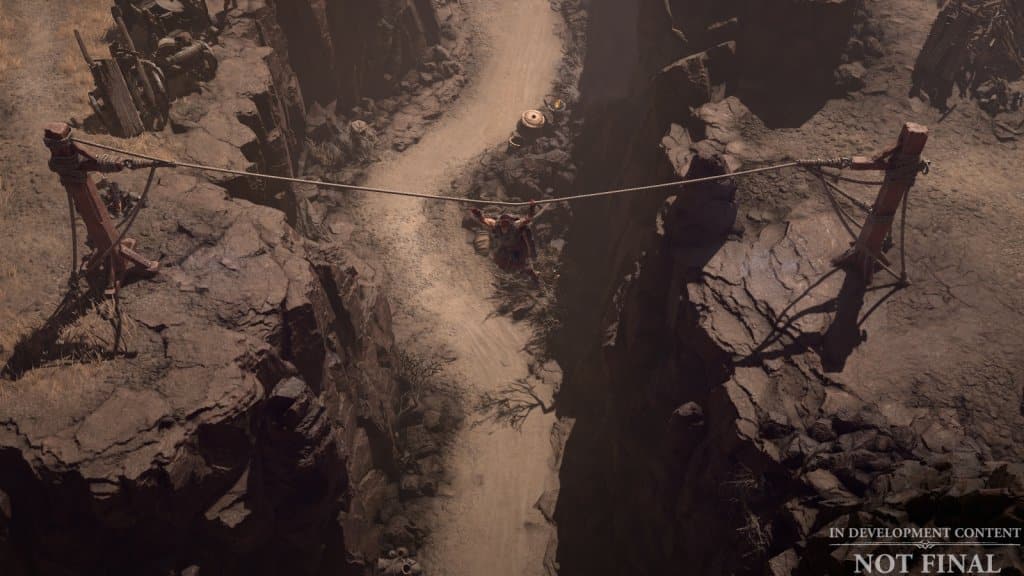
Challenges and Clans
Achievements are called Challenges in the game and are divided into Classes, Crafting, Open World, and others. Completing them will grant player titles.
There will also be clans with clan banners and banks. As for clan leaderboards, those are not confirmed, but there’s a chance that they might make their way to the game.
Diablo 4 Gear and Items
Each player in Diablo 4 will have their own Personal Loot, wherein loot is generated independently for each character. While anything can drop from any source, every family of monsters will have an increased chance of providing specific items. For instance, Bandits may give Maces, Crossbows, and Boots.
The max amount of items a player can have is 10, though Rogues can equip up to 11 and Barbarians 12 due to their new mechanic, the Arsenal system.
Item Qualities
There are a total of six qualities an item can have. Here they are:
Item Types
The region where the weapons and items are obtained will affect their appearance.
What will distinguish the item types from one another is their speed and physical traits that cannot be altered. So, let’s see some examples of that:
- Bows: +X% Damage to Distant Enemies
- Daggers: +X% Damage to Close Enemies
- Staves: +X% Damage to Crowd-Controlled Enemies
- Wands: +X% Lucky Hit Chance
Weapon tooltips will display the following: damage per second (DPS), damage range (X-Y Damage per Hit), weapon speed (X.XX Attacks per Second), and the item affixes.
Moreover, one of the significant changes that were added to the game is that the chance of an item triggering its Lucky Hit effect will be correctly displayed based on your equipped skills in the tooltip. The player can use this information to assess their present setup and evaluate how likely it is to pull off the Lucky Hit effect.
Item Affixes
With the exception of Legendaries, Sets, and Uniques, Item Affixes’ values will fluctuate randomly within a range. Magic Find and Gold Find will exist as regular item affixes, but they will not be in direct competition with damage affixes.
Affixes that enhance +Skill Rank, a feature from Diablo 2, are making a comeback in the new game. Specific skills will appear on particular item slots, such as certain skills being exclusive to pants and others being found solely on weapons.
And here are a few affix examples:
- Offensive Affixes: +X to Strength, +X to [Skill Rank(s)], +X% Attack Speed
- Defensive Affixes: X% Damage Reduction while Evading, X% Fire Resistance, +X Max Life
- Utility Affixes: X% Cooldown Reduction, +X% Movement Speed, X Socket(s)
Legendary and Unique Powers
Legendary and Unique Powers will exist on corresponding items and can be generic, skill, and category-specific. Here are a few examples of some powers:
As a Legendary affix on most items is similar in power to two or three ordinary affixes, there’ll be no damage multipliers for skills.
Runes and Runewords in Diablo 4
Despite the announcement the studio made at BlizzCon 2019, the Runes and Runewords won’t make their way to the game at launch. However, the devs promise to come back to them in the future.
Diablo 4 Gems and Consumables
Gems
Socketing gems into gear with sockets will return in Diablo 4, and feel very familiar to fans. There will be the following gem types:
- Amethyst
- Diamond
- Emerald
- Ruby
- Sapphire
- Skull
- Topaz
Consumables
These are Scrolls and Elixirs that grant different bonuses to players. For instance, Scroll of Escape teleports you to a random place within the world. Elixirs, on the other hand, enhance specific stats and Experience gain for a certain period of time. For example, Weak Iron Barb Elixir increases Armor by 100, Thorns by 50, and Experience by 3% for 30 minutes. Only one Elixir can be active at a time.
Inventory, Crafting, and Trading
Inventory and Stash
The inventory will have the following categories: Equipment, Consumables, Quest, and Aspects. And all of your characters get to use the stash.
Trading
The devs didn’t want to make wide-open trading, so it won’t be like that in the game, as the main source of items will be the drops from monsters. Also, items from Season Pass or in-game shops can not be traded with others.
Purveyor of Curiosities
Being an improved version of Gheed and Kadala from Diablo 2 and Diablo 3, respectively, Purveyor of Curiosities allows you to spend Obolos acquired for Local Events completion to get a randomized item from any item type you choose.
Crafting
After finding crafting materials at certain locations and getting them by killing enemy creatures, you can create all sorts of items. And in the endgame, you can use those materials to mostly modify things. And to help you with this, here are the specialists you can visit:
- Alchemist: Newly added Alchemist lets you upgrade health potions, make elixirs and incense, as well as refining resources.
- Blacksmith: With Blacksmith, you can salvage into crafting materials and exchange Gold and resources for repairing and upgrading your gear and weapons.
- Jeweler: For the same Gold and resources, you can unsocket and craft gems, upgrade jewelry, and add sockets.
- Occultist: The Occultist can extract and apply Legendary Powers onto Rare and Legendary items and create Nightmare Sigils of different tiers for Nightmare Dungeons. Moreover, they can remove the old and put the new affixes on Rare and Legendary items.
Wardrobe
The Wardrobe system is the new Transmogrification that allows you to match and mix armor components and color pallets. In addition, there’s dying that lets you alter the color palette of each armor piece.
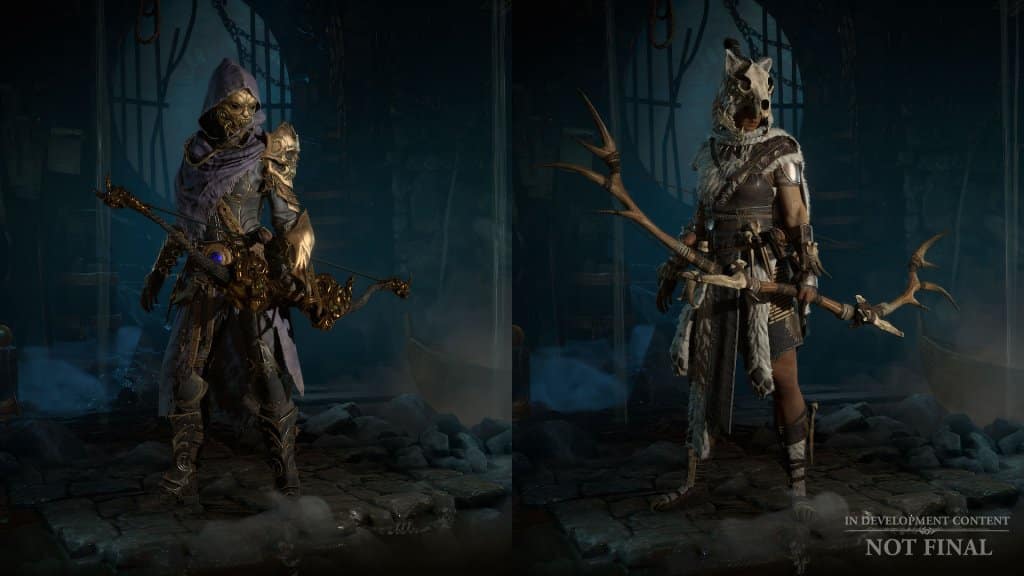
Monsters, Enemies, and Combat
Monsters We’ll Meet in Diablo 4
The familiar families, such as Khazra, Skeletons, the Fallen, and Treasure Goblins (Diablo 3), will be back in the new installments as well as the new ones like Cannibals and the Drowned.
Elites and Champions
There will be additional affixes coming with these types of foes. For instance, Shock Lance generates a revolving beam of electricity, akin to the Arcane Enchanted affix in Diablo III, with a change in element type. An all-new affix, dubbed Suppressor, projects a substantial bubble around the Elite, granting immunity to any distance attack, spells included, initiated outside the sphere. Amplifying affixes represent a fresh category, enhancing the basic abilities of a creature. As an example, entities with the Multishot affix could potentially launch three projectiles as opposed to a single one or resurrect three monsters instead of just one.
Bosses
We’ll face many boss encounters like Duriel, Andariel, The Blood Bishop, and The Drowned Witch. But besides these, the game will introduce World Bosses, powerful adversaries necessitating a significant number of players for defeat.
All bosses will be affected by the Stagger system. Instead of dealing direct damage, Crowd Control effects will cause the boss’s Stagger bar to fill up. Once full, the boss is staggered, entering a debilitated state for the duration of the encounter. For instance, world boss Ashava may lose an arm weapon, simplifying the fight. If staggered again, the remaining weapon breaks off
Combat
Diablo 4’s combat is inspired by Diablo 3’s brutal combat, but it’s meant to be more strategic. Developers aim to increase the stakes through difficulty while also enhancing clarity on the battlefield, as tactical decisions will be critical throughout the entire combat.
Furthermore, there will be status effects that can be applied to both enemies and (or) your character, like in the following examples:
- Cold skills apply Chill to the enemy. Chilled enemies have reduced movement speed. Repeatedly chilling an enemy will Freeze it.
- When Crowd Control is on, there are no diminishing returns, for both monsters and players. Skills can grant Unstoppable. While Unstoppable, control impairing effects are removed and prevented.
Monster Level Scaling
This will not be completely fixed, and there’ll be minimum or/and maximum monster levels in the areas. Moreover, the monster’s level will scale to correspond to yours.
Diablo 4 Dungeons
They have always been one of the essential parts of the Diablo experience, and in this installment, we will have more than 140 randomized dungeons thanks to an improved version of Diablo 3’s Dungeon Level Random Generator (DLRG). These dungeons are instanced for you and your party.
Among new features that will make their way to the dungeons in the game is the absence of loading screens between levels, which makes the experience smooth. Also, the activity will offer different events, such as destroying an altar, and unique objectives. Progressing through them affects the dungeons making them more dangerous while also increasing the rewards. On top of that, you will be able to go after specific item types to a specific dungeon that drops them.
PvP in Diablo 4
The game will offer several PvP modes, one of which is the PvPvE experience, where you must fight other players but also complete PvE objectives. Also, it’s possible that you won’t lose your character if you die in PvP while in Hardcore mode. As for returning features, players dropping ears serving as trophies will come back in Diablo 4.
Fields of Hatred
These are special zones for open-world PvP, where you can group up and fight others. If you’re not interested in that, you can just explore these places, and if you decide to engage in a fight after all, convert your Seeds of Hatred at the Altar of Extraction to let others know about your intentions.
Speaking of Seeds of Hatred, these are what you need to collect in the zones. You can obtain them by killing players and monsters, opening chests, and completing events to exchange them for Red Dust currency that can be spent on PvP Cosmetic and Mount Vendors for ornamental rewards. Unlike Seeds of Hatred, you cannot lose Red Dust upon death.
After you defeat a specific number of enemies (players or monsters), you will become a Vessel of Hatred, which makes you a threat to many players on the map. If you survive for a set period of time without getting out of the zone, you will receive a great yet unknown bonus.
Diablo 4's Endgame Content
Nightmare Dungeons
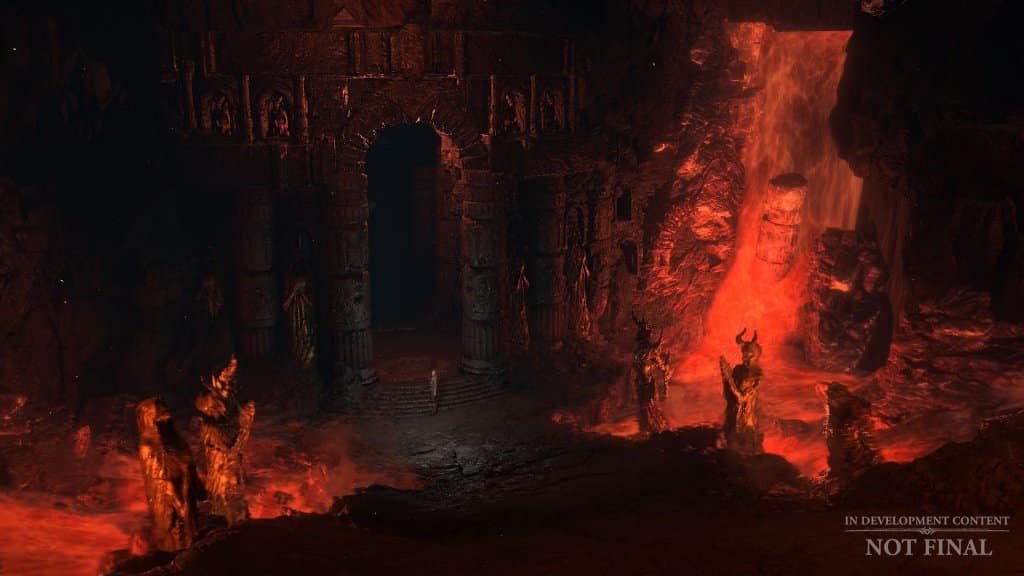
These are Diablo 4 endgame dungeons that offer additional challenges and higher difficulty. Each Nightmare Sigil in Diablo 4 is unique to a certain dungeon, and it also dictates the dungeon’s difficulty level, which is infinitely scalable, affecting the rarity of loot drops. These Sigils carry dungeon affixes, altering the player, adversaries, and the environment in unique ways. Some examples include making all enemies invisible unless engaged in combat or doubling the bosses.
You can acquire these Nightmare Sigils by completing missions at the Tree of Whispers. Finishing a Nightmare Dungeon rewards you with an even stronger Sigil, encouraging strategic planning as you’ll be aware of the dungeon, the monsters inside, the challenge level, and the affixes confronting you. As you advance in World Tiers, new Nightmare Dungeons become accessible for exploration.
Whispers of the Dead – Tree of Whispers
It offers world objectives, Whispers, that you can see on your map and complete to get rewards, such as Gold, experience, and Grim Favors. The latter (10 of them) can be exchanged for experience and loot.
The system unlocks upon completion of a specific chapter in the main story. The types of Whispers on the map change regularly throughout the day, with each offering a unique set of rewards for finishing it.
In the Official Xbox Podcast, Diablo Franchise General Manager Rod Fergusson hinted at what will happen if you don’t complete the objective:
There is a story construct called the Tree of Whispers. You make a deal with the Tree of Whispers. There is an unfortunate end when you break your contract. The tree basically hires people to go and collect for them
Rod Fergusson
Helltides
Helltides available once you attain World Tier Three: Nightmare difficulty, are regional events featuring intensified demonic activity mirrored by the transformed landscape and a surge in tough monsters. However, this challenge comes with better loot rewards.
Monsters in Helltides may drop Cinders, a specific currency used to unlock Helltide Chests dispersed across the region. These chests yield exclusive items corresponding to distinct item slots, like Torso, Legs, or Two-Handed Weapon. Beware, though: dying while possessing Cinders will cause them to drop, necessitating reclaiming.
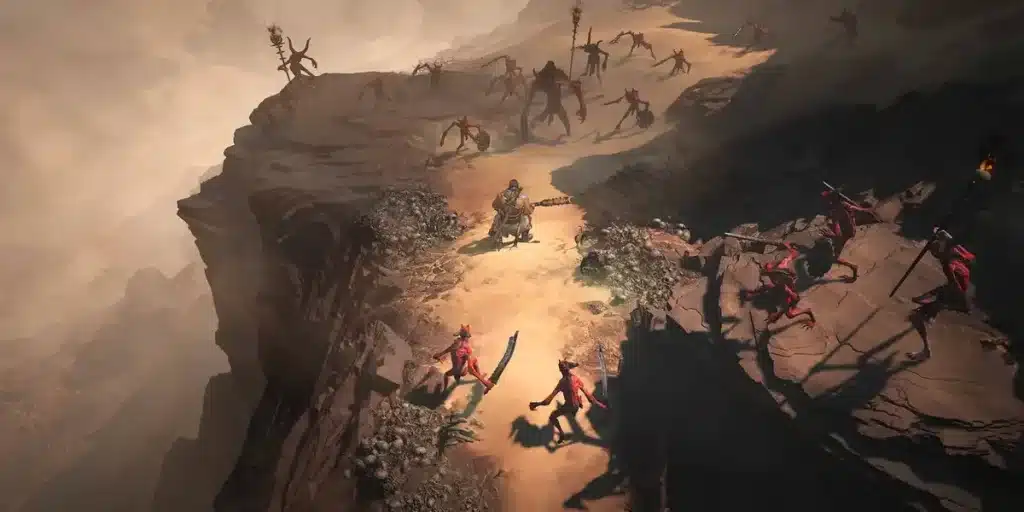
World Tiers
They are needed to ensure the difficulty of the world corresponds to your level. However, you can change the World Tier by entering the game or at the World Tier Statue in major towns. But in order to alter it to Tiers 3, 4, and 5, you need to complete a specific dungeon. Tiers 1 and 2 are available at level 1: the former is for beginners and the latter for veterans.
Leaderboards
Leaderboards in Diablo 4 will lean more towards Diablo 3’s Seasonal Conquest style, focusing on leaderboards for specific activities or challenges with a small group of competitors, as opposed to a broader contest among millions of players. This compares to Diablo 3’s Greater Rifts, where you automatically enter the competition by reaching high enough levels within the top 1000 ranks of a bracket.
Post-Launch Content
Besides the expansion that the devs plan to release, we will also have Seasons, just like we did with the previous games, with the first one kicking off soon after the launch of the game. According to the developers’ team, they want to release up to four seasons every year with tons of new content, including new questlines, features, rewards, Paragon Boards, items, and so on. Also, we should expect the return of Season Journey from Diablo 3.
Season Pass, Season Boosts, and In-Game Shop
Diablo 4 adopts a buy-to-play model, where purchasing the game provides complete access to its offerings (but without the ability to buy power). The game will have a Season Pass with Free Tiers that include cosmetics, premium currency, and gameplay boosts, also known as Season Boosts.
A secondary progress track offering Premium Tiers can be bought, which gives cosmetics and premium currency. Players can pay to unlock all Tiers immediately, except for Season Boosts, which require reaching specific level milestones.
Diablo 4 also includes an in-game shop for purchasing cosmetics, some of which are class-specific but can be used for all characters within that class in the future.
As for additional characters slots and stash space, the former Diablo 4 Lead Systems Designer David Kim said the following in an interview with Rhykker:
We want to try to give players enough [character slots and stash space] so that you don't need more, especially the first few months or more of the game
David Kim
Gameplay and UI
Cross-Play and Cross-Progression
The game will be released for Windows PC, PlayStation 5, Xbox Series X/S, PlayStation 4, and Xbox One X/S, and as confirmed by the creators, the cross-play and cross-progression will be supported for all these platforms.
Moreover, the game will introduce a couch co-op on consoles, which has been improved since Diablo 3. The feature is limited to two players but allows them to open the user interface (UI) screens independently or at the same time.
User Interface and Accessibility
Unfortunately (or not), the addons support won’t be provided in Diablo 4 as the devs believe that everything the game needs is already there. But to make the game more accessible, the following settings have been added:
Be Ahead of Others from the Start!
The content the creators have prepared for us is truly exciting, and our anticipation for Diablo 4 is even hard to describe. Luckily, there’s a little time left before we can enjoy the newest game of our favorite franchise. And that might not even be everything the studio has in store for us. Maybe, there will be more surprising features and additions at the launch.
Nevertheless, it seems that besides the fun parts, there will also be loads of grind waiting for us, like the Diablo 4 leveling process, which seems quite complex. But you don’t have to worry about going through all of this the hard way because you have LFCarry.
We will be more than happy to assist you on this new journey by helping you level up, complete quests, dungeons, and other tedious tasks, as well as acquire the best gear and items for you. So, if you want to have a great start and reach the level cap as fast as possible, visit LFCarry.com today!
Thank you for reading, and have the best time in Diablo 4!
Read also:
Polly Gruse is a seasoned gamer with extensive experience in the Call of Duty series, as well as deep expertise in Destiny 2 and World of Warcraft, allowing her to craft detailed guides and insightful analyses that help players refine their skills, master game mechanics, and stay ahead of the competition.

